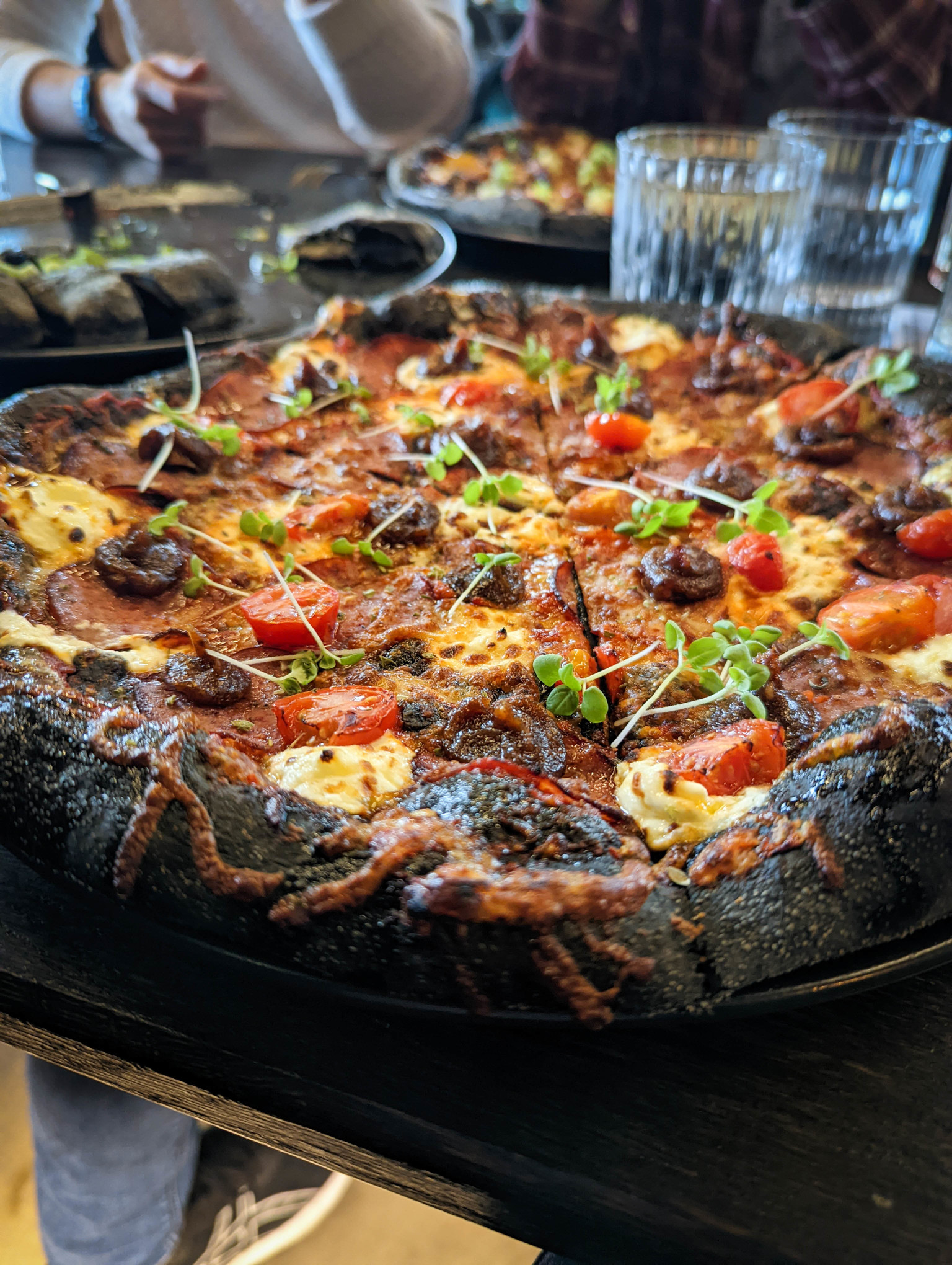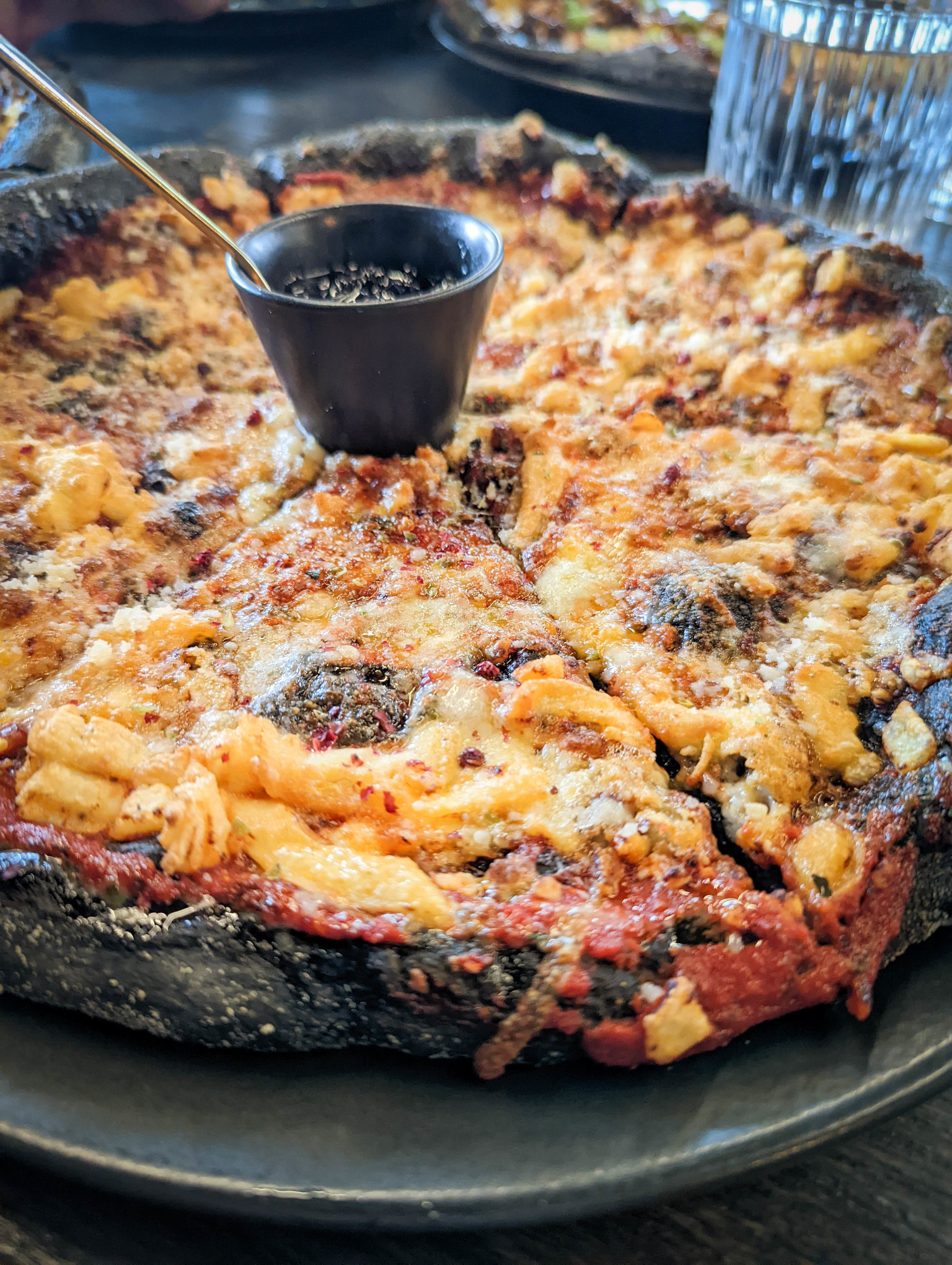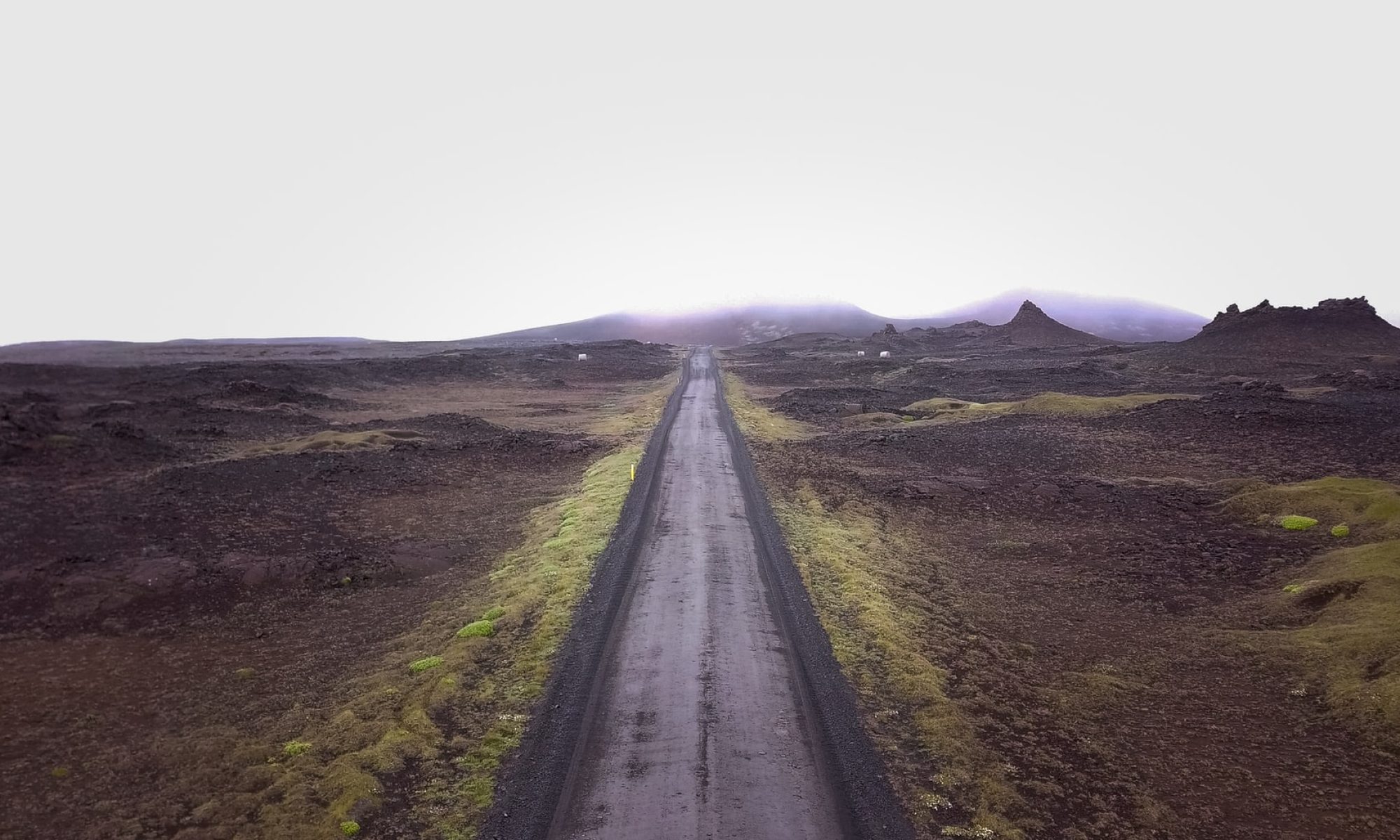Breakfast today was a HUGE improvement on yesterday: donutty pastries, good eggs, proper natural yoghurt and black bread. I will let Mila tell you about the jam that wasn’t jam….
As we had a nice quiet day planned, were staying literally opposite a Kronen and had foul weather, we bought ingredients and made lunch to take with us. I do love a foreign supermarket, but could have done with slightly more German to navigate the cold meat and cheese! The lettuce looked a bit hydroponic to me. Opinions gratefully received! I couldn’t work out how so many of the yoghurts were lactose free, but we went for the brand we had on our tour so we knew what to expect. The time of rain stoppage kept moving, but we set out on our adventures anyway: first stop Solheimajokull.
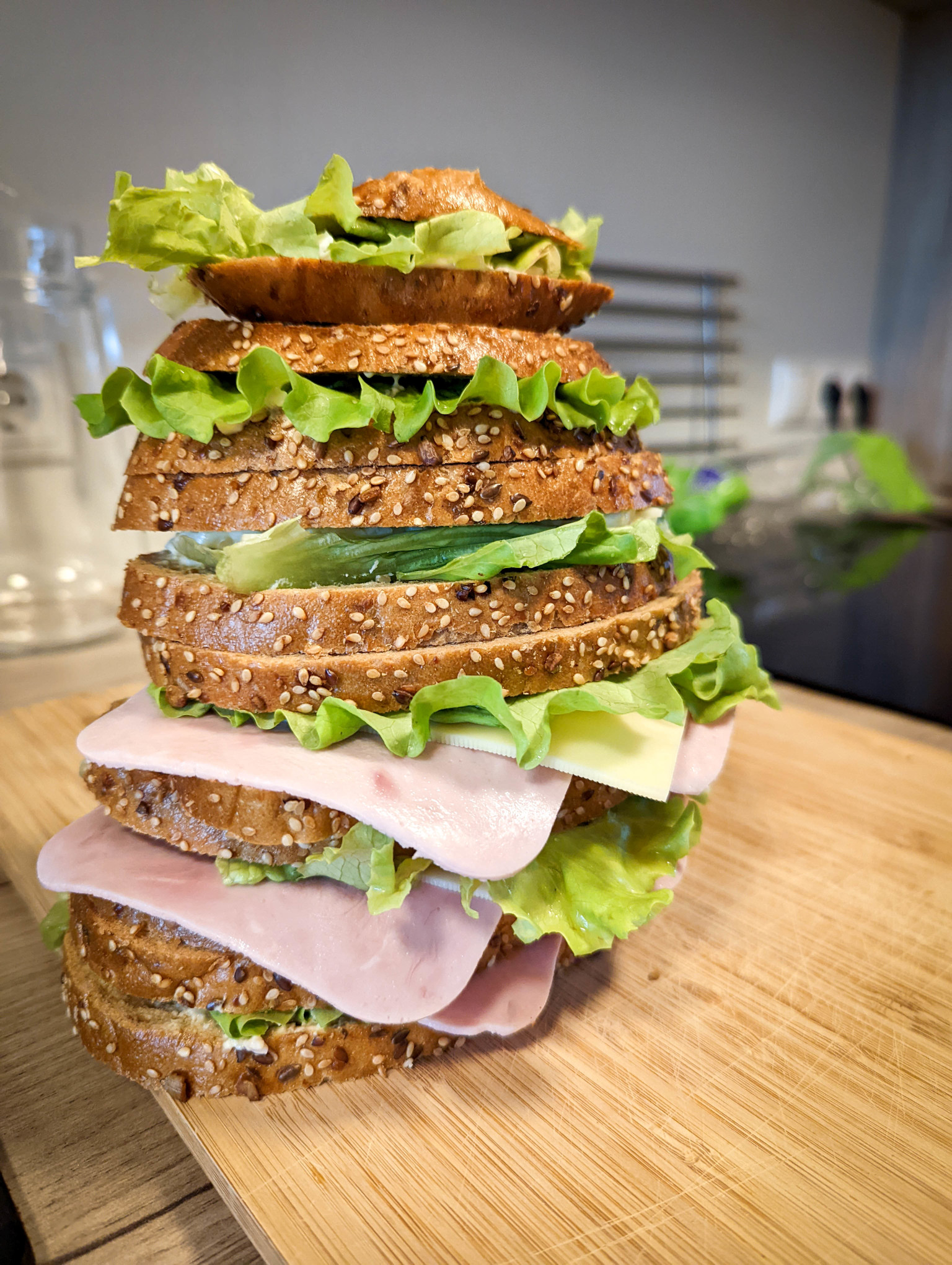

We visited this car park on the way to Vik yesterday, but it was chucking it down and the visibility was terrible, so we decided to come back. It is under 30 minutes from Vik so not too extreme a backtrack. Today we braved the mobile parking register (all done online but a bit complicated!), parked and started our hike towards the glacier. At the base of the glacier is a lagoon that grows as the glacier shrinks and is littered with icebergs that look like mini glaciers – blue-white with black gravel/ash making them look dirty. By the time they get close to the shore, they look like ice sculptures – transparent and with filigree parts. See if you can identify the spirit animal of our favourite.
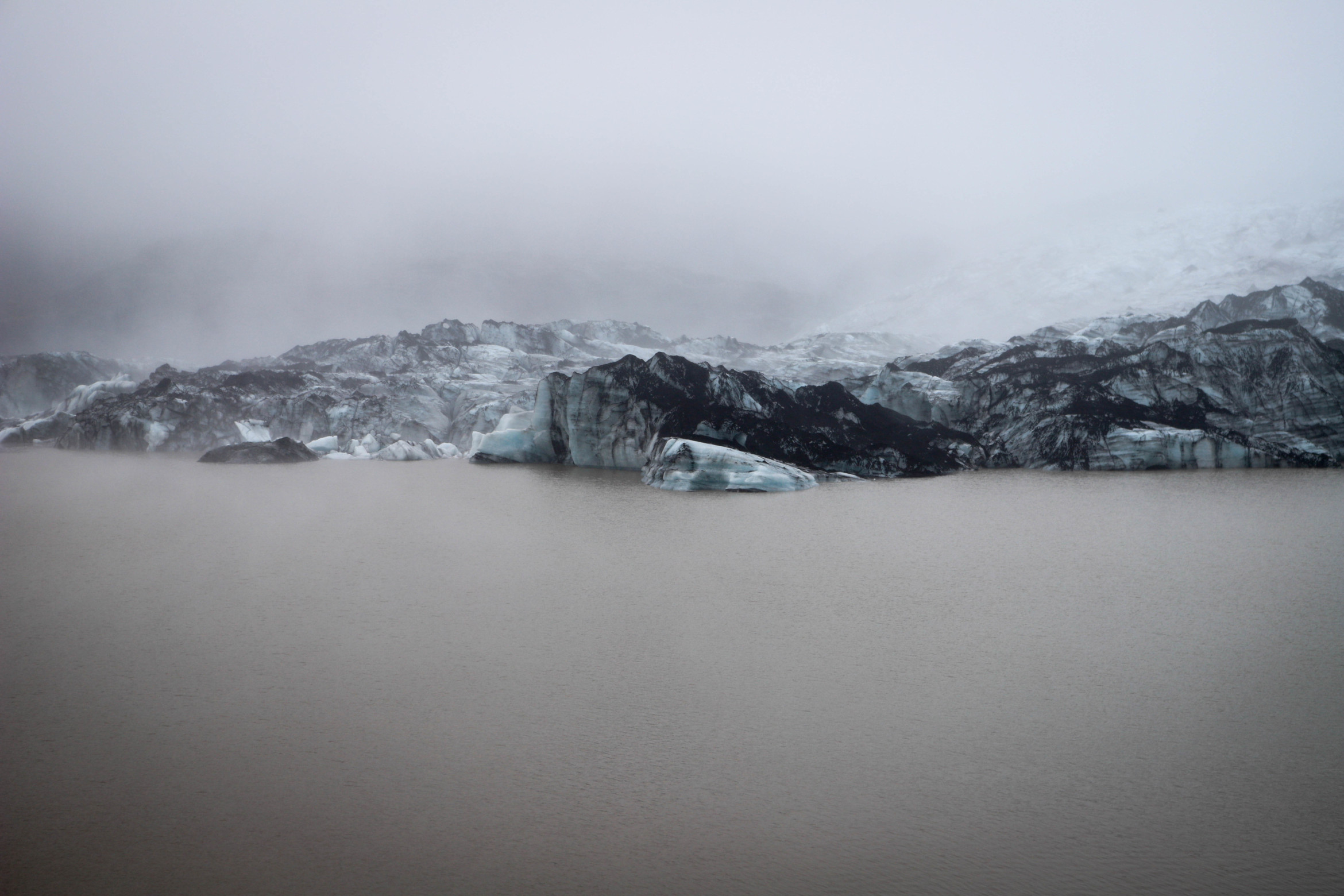
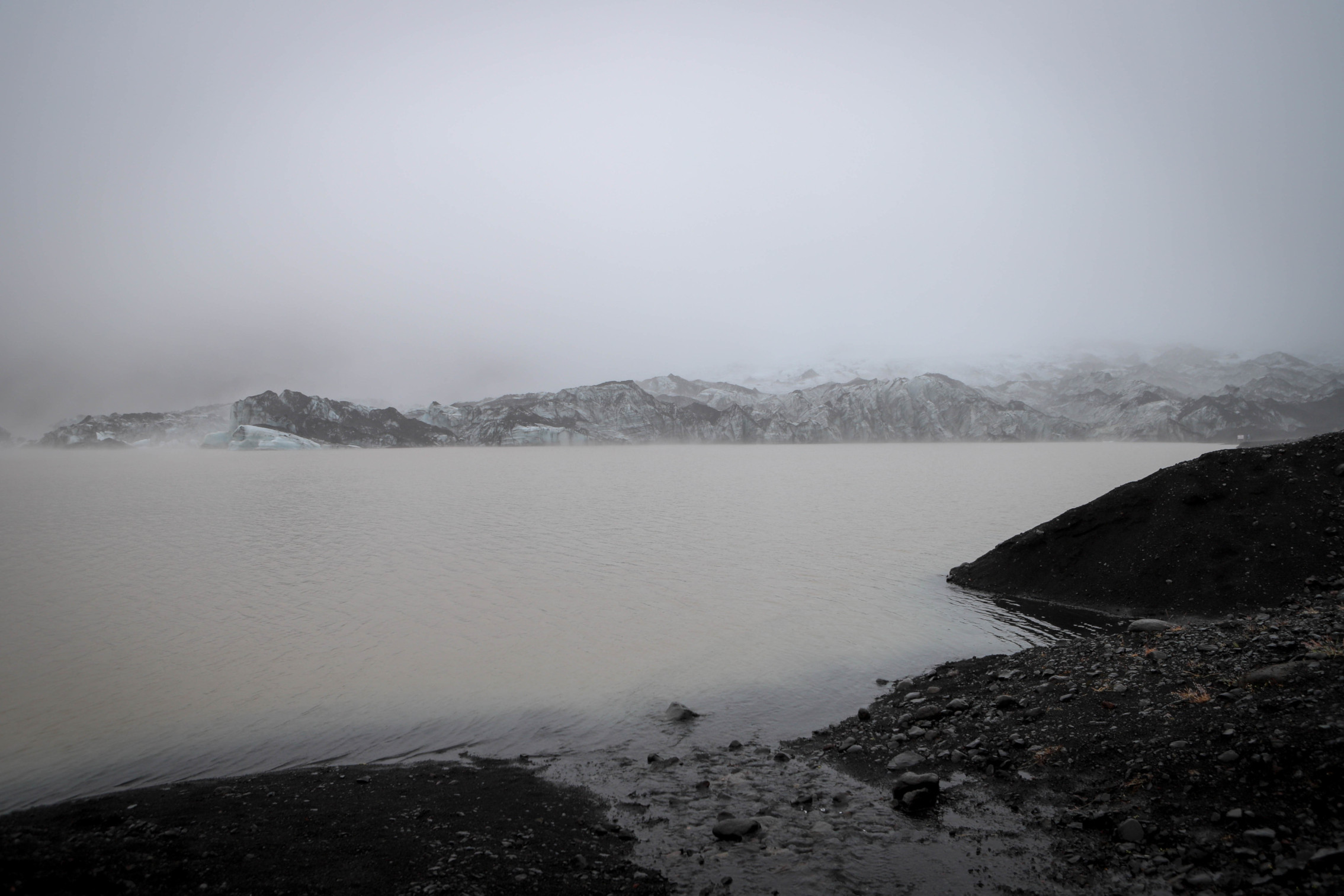
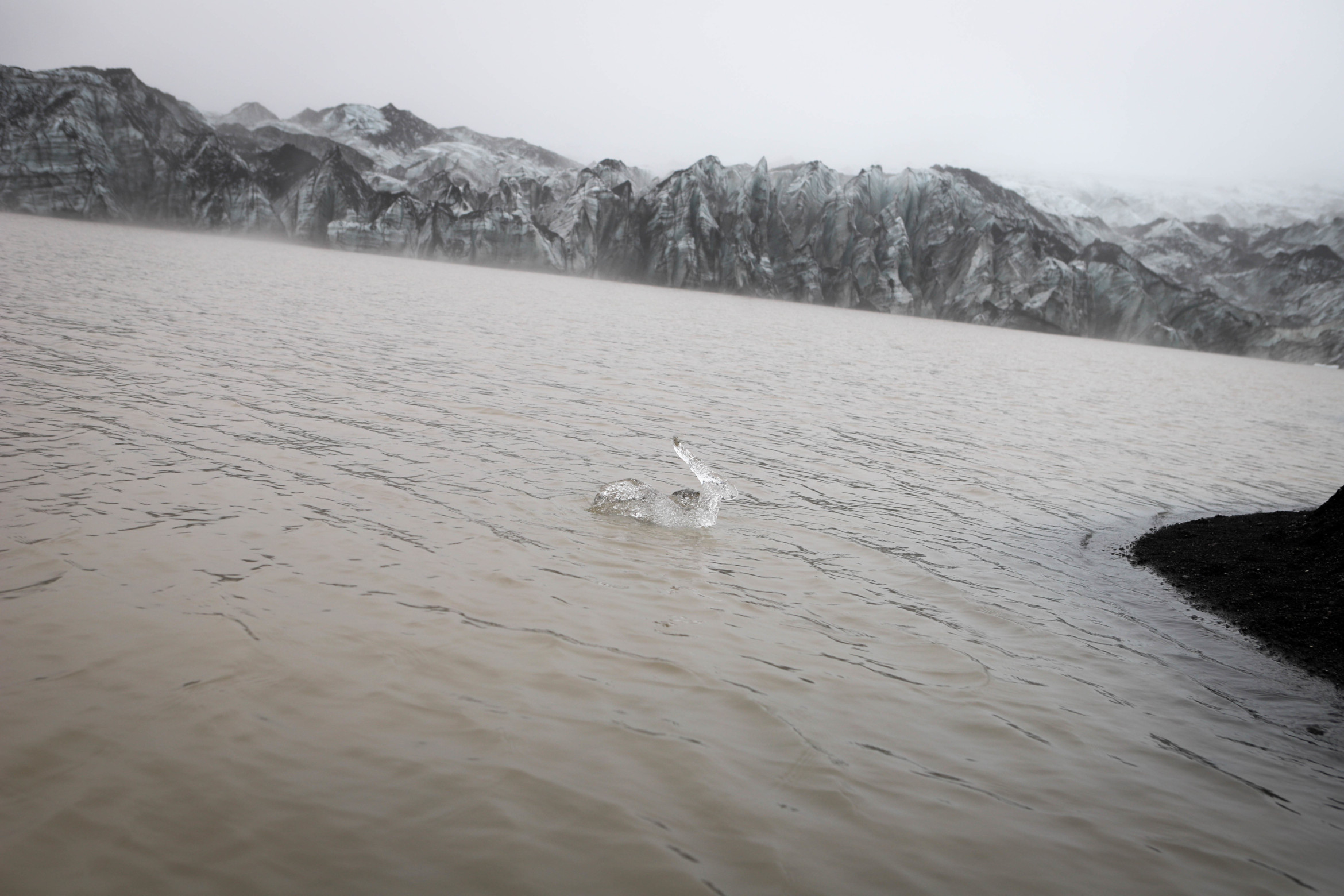
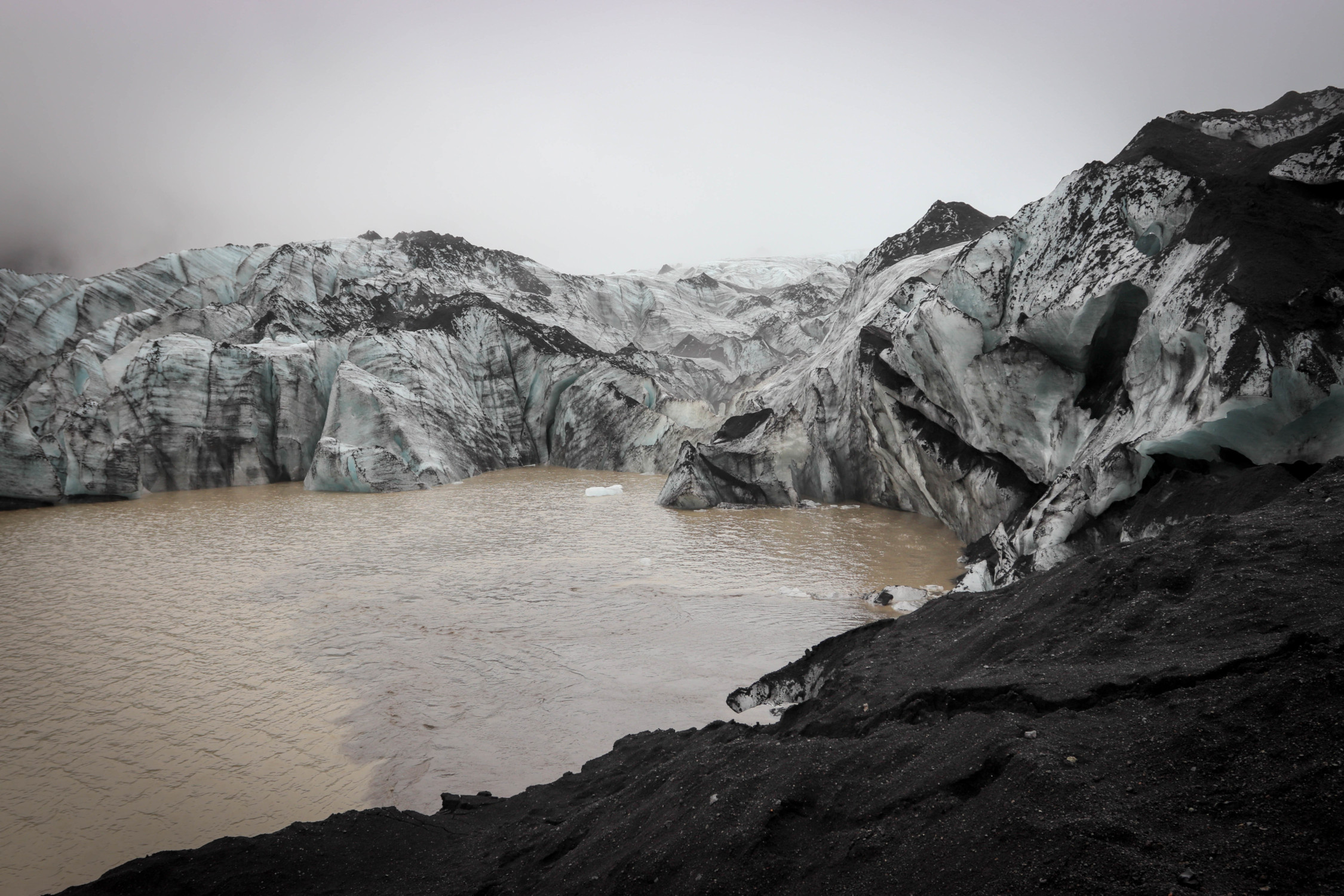
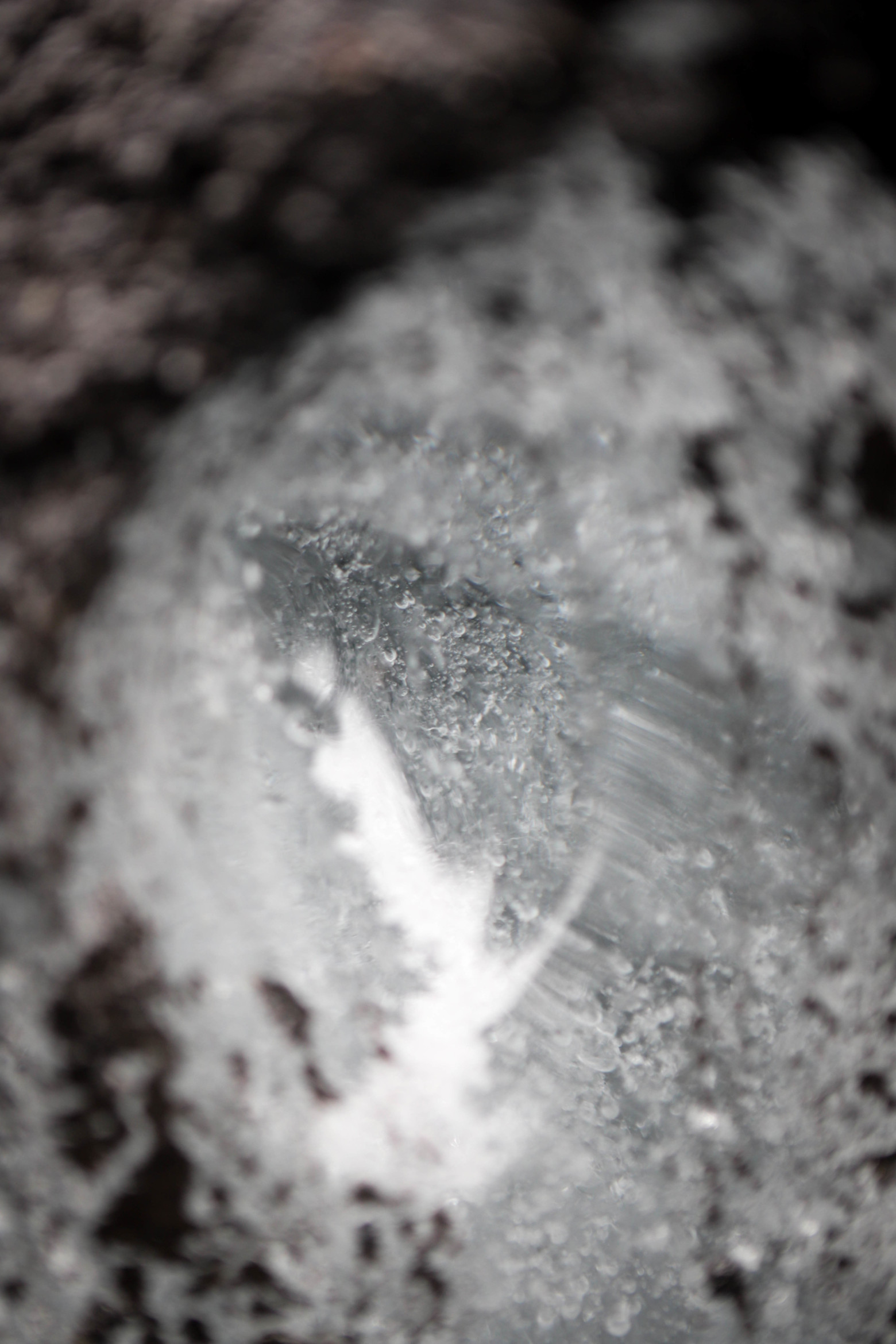
The signage is very clear – don’t go onto the glacier without training or a guide. Fair enough. I had no intention of disobeying this instruction. The bit that wasn’t clear was where the glacier started. Turned out we were standing on it – there was just a lot of gravel between us and the ice, so it wasn’t immediately obvious. It made Danny and I nervous, so we waited while Keith snapped some close ups of the ice peeking through and then retreated a bit. Keith and Mila were much braver.
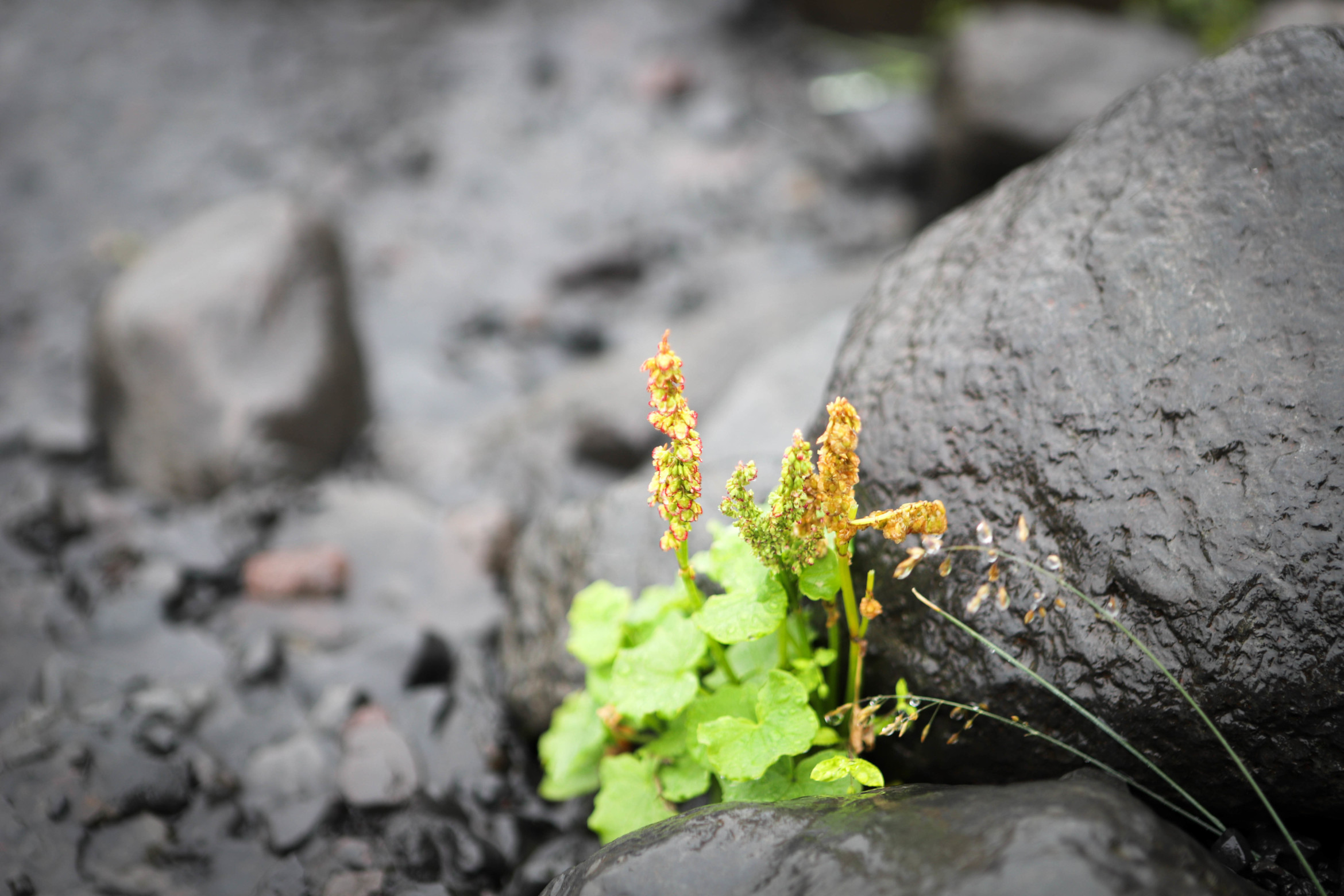

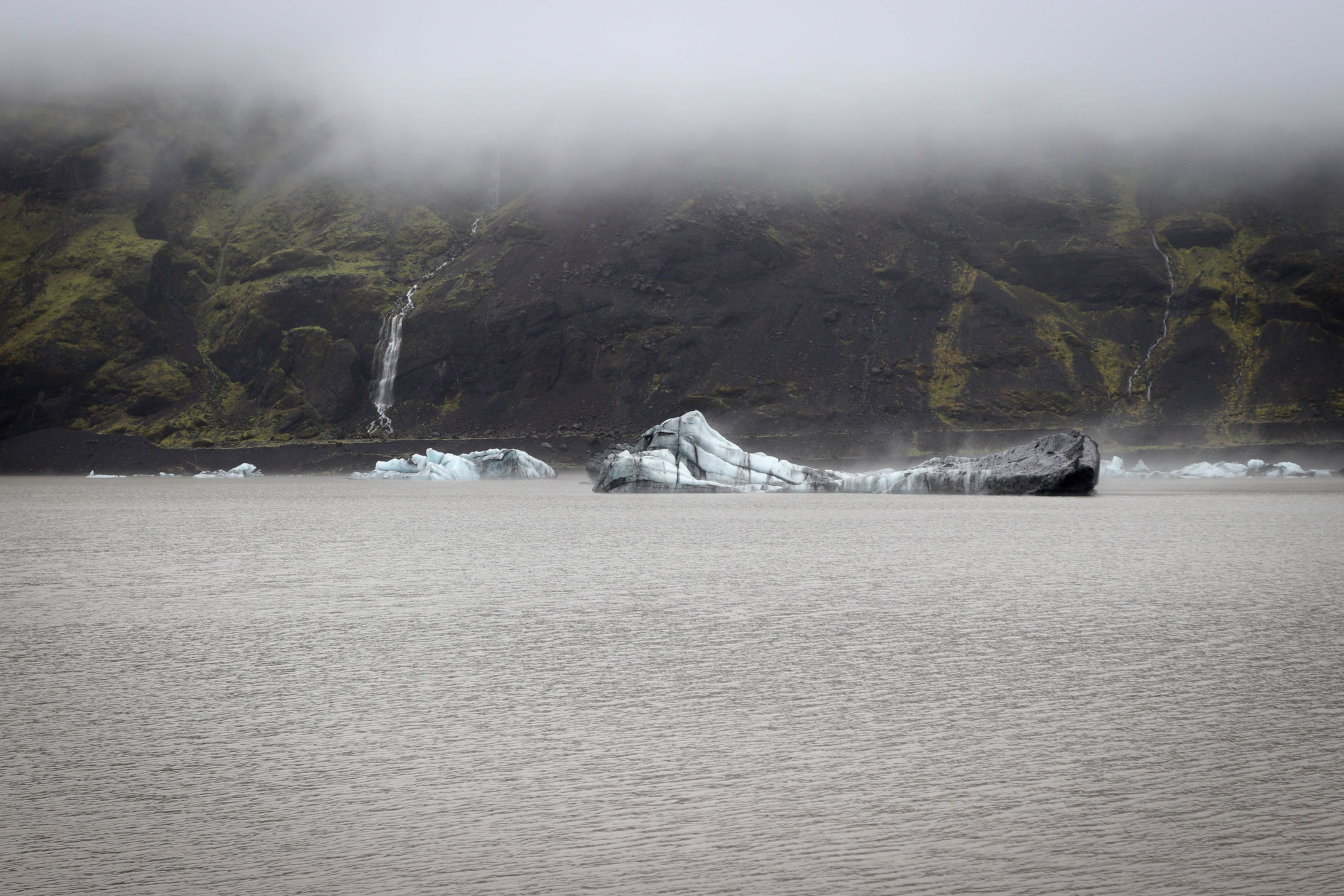

The glacier and the water of the lagoon are almost exactly the same temperature, so the change of state is fairly gradual everywhere except where water is rushing past ice eroding it quite quickly.
We were very lucky and as we turned back, the low cloud rolled away and revealed the beautiful green walls of the valley and let the sun glint off the water. It didn’t last long and the walls were hidden again before we got back to the car.
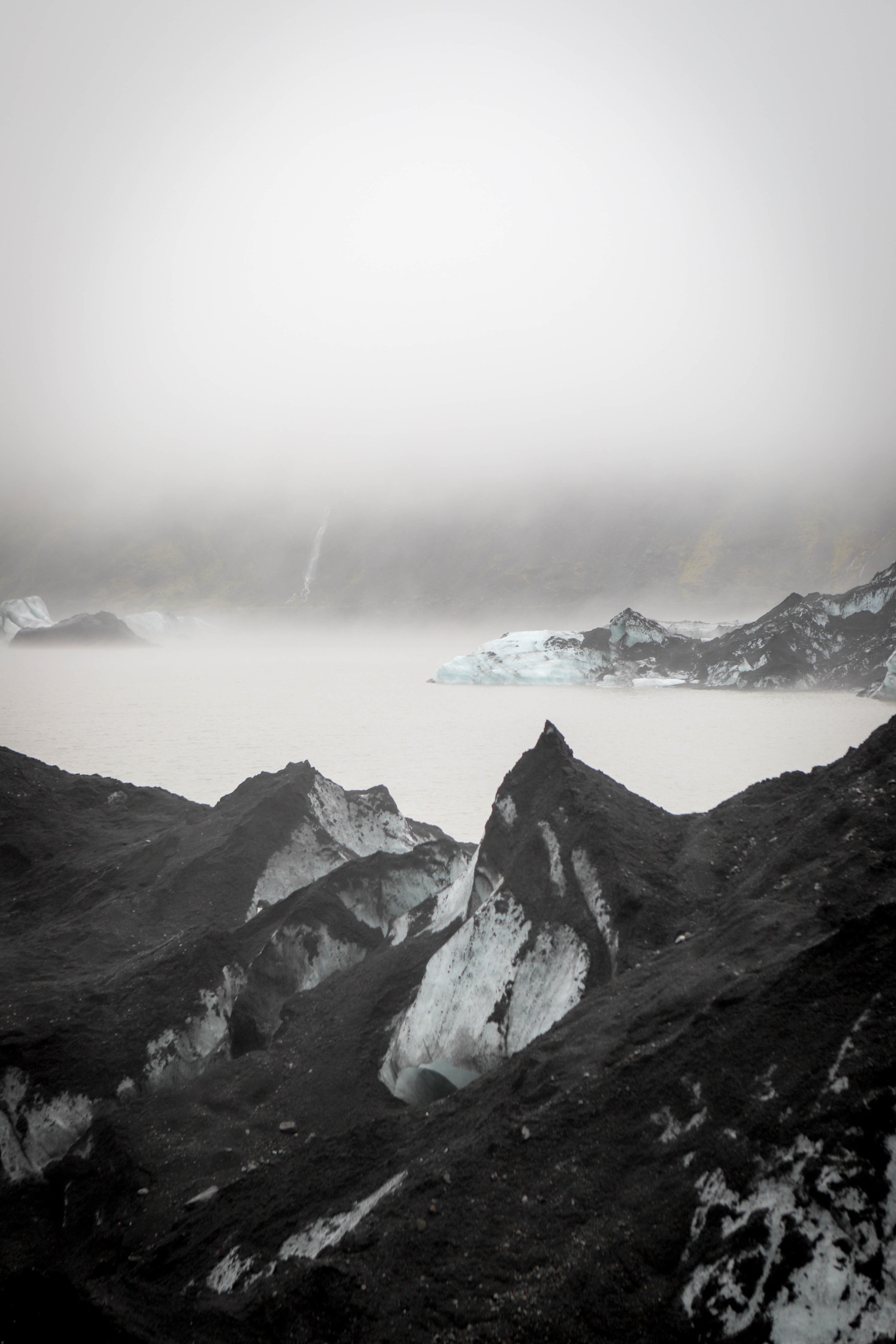

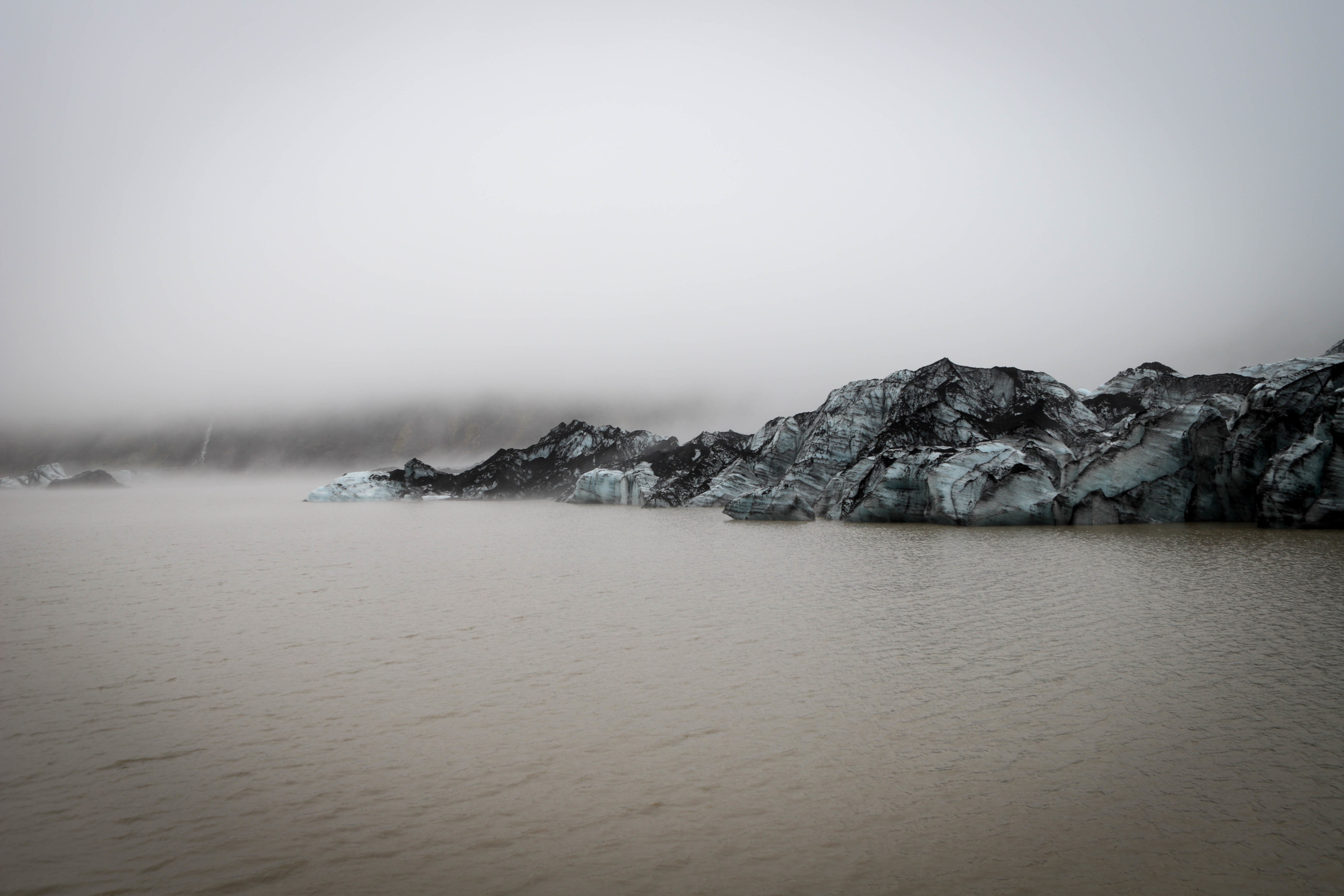

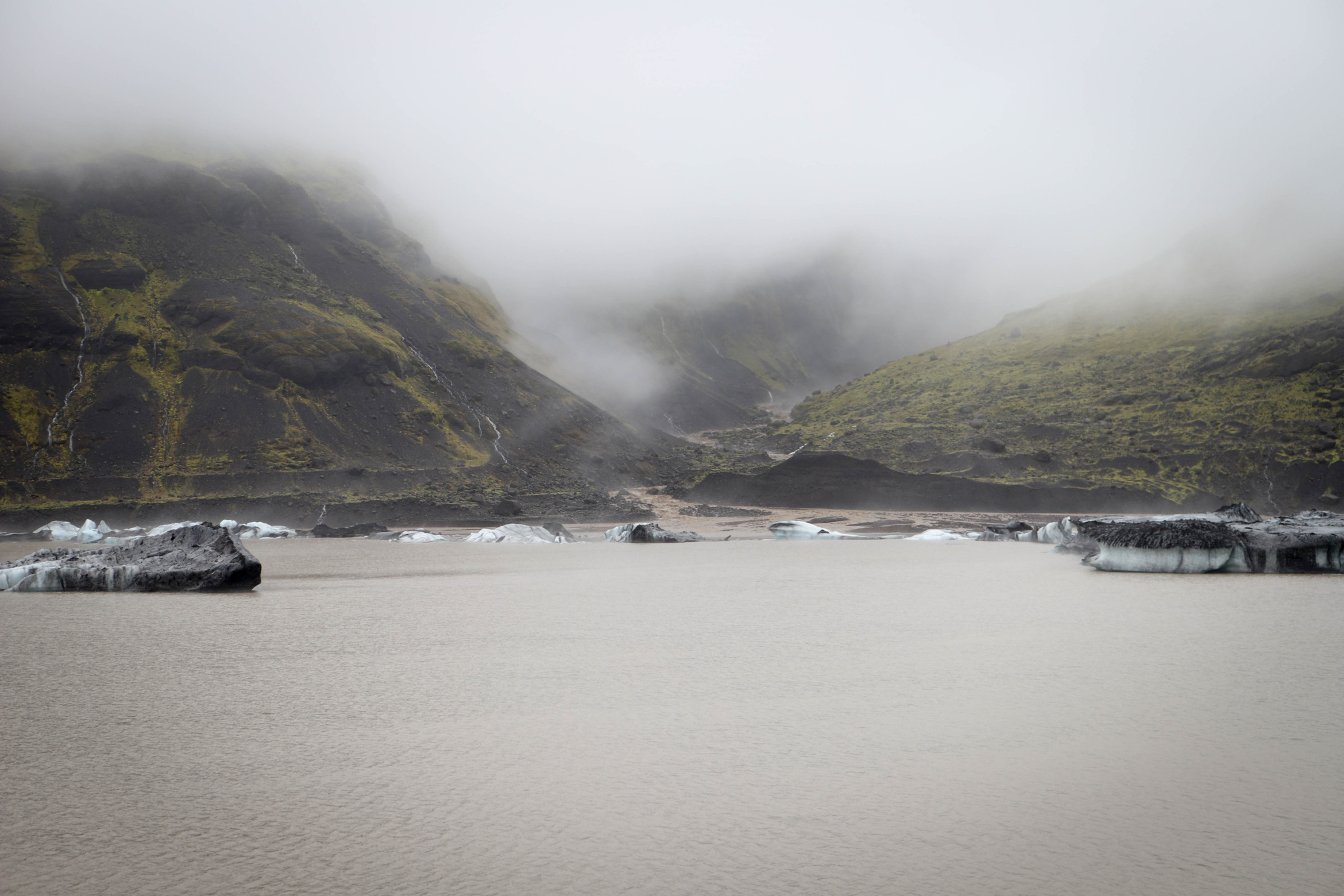


It was four whole hours since breakfast by now so Mila was hungry again. She started on the sandwiches, while we planned our next move. We were going to see the puffin colony but someone (naming no names) had forgotten the lens he needed. We headed back to Vik instead and most of us used the bathroom while the lens was collected.
As there seemed to be another break in the weather, we headed up to the red-roofed church for Keith to take pictures. I saw and heard a murder of ravens wheeling above us. The church was closed, so it was a brief stop, but instead of immediately heading off to the puffins, we had to go back to the appartment as the person who didn’t use the bathroom last time now needed to go. Sigh.
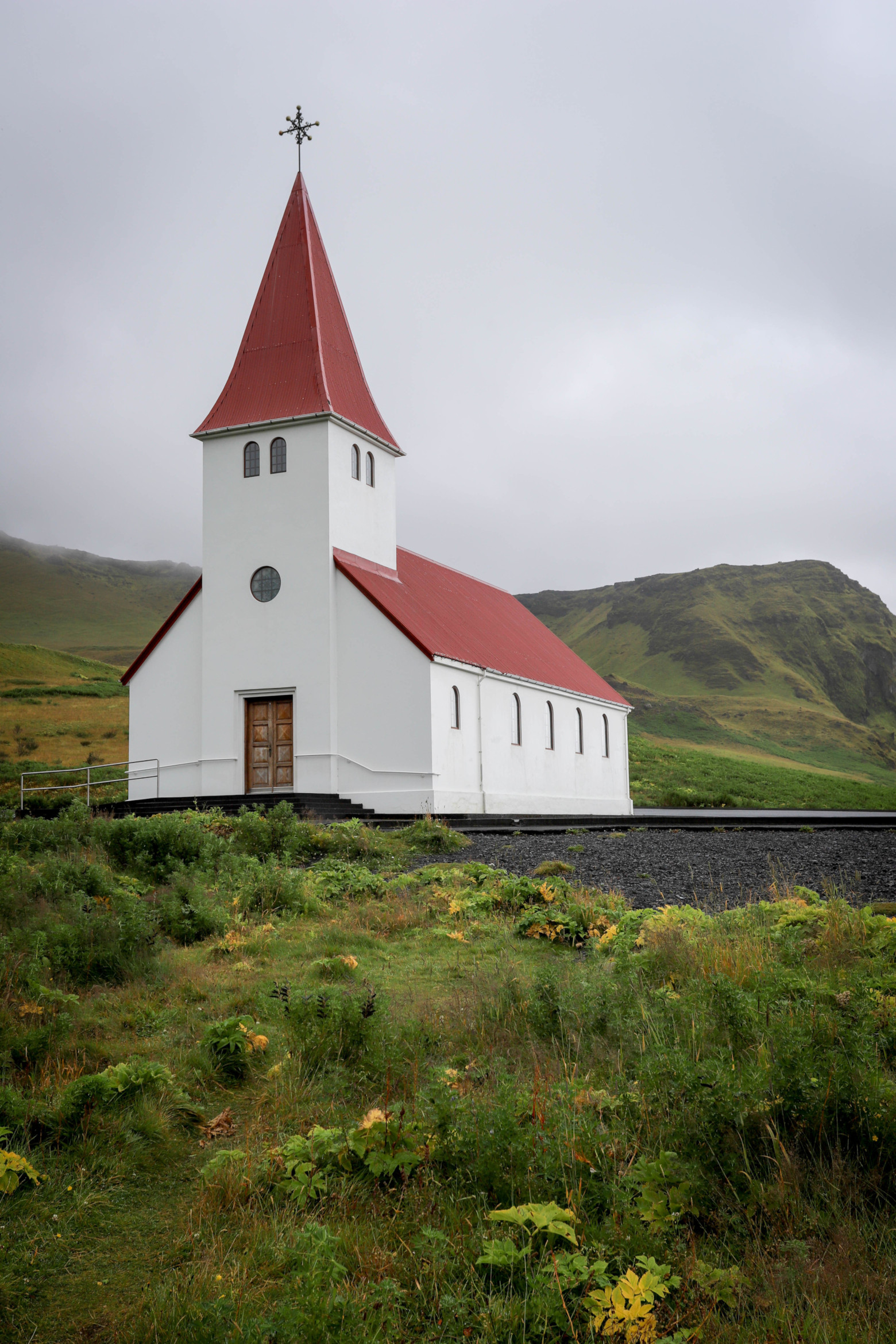
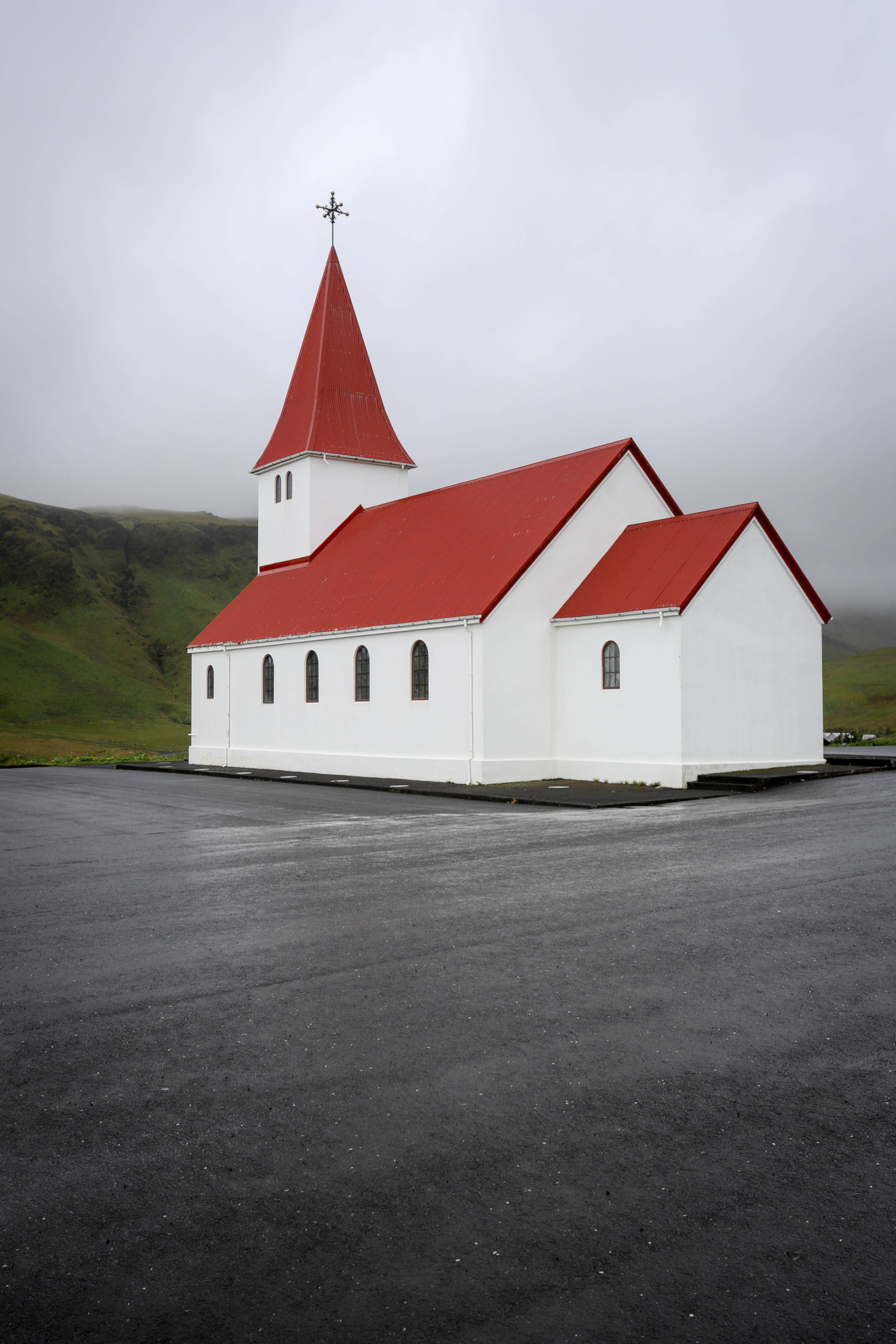
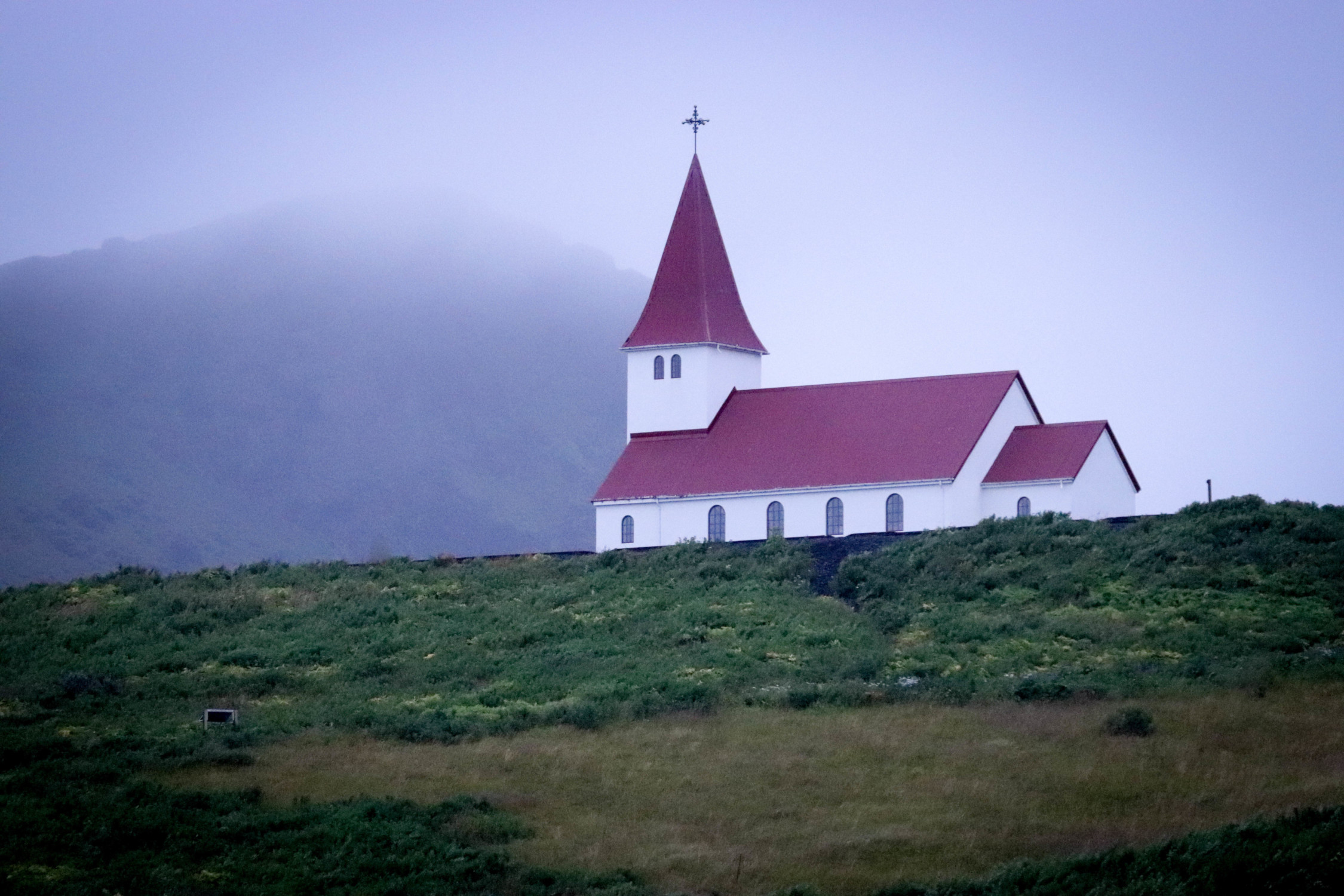
After a short journey west again along the ring road, we turned down route 218 to navigate around to Dyrholaey Cliffs. They are the opposite side of the bay from Vik so you drive a long way to end up almost where you started, but a bit higher! We started on the left of the peninsular and immediately saw some puffins on the far cliff, taking flight and heading out to sea. As I followed the path of their flight, I spotted a pair of Skuas chasing a Fulmar. All very exciting but they didn’t catch it. I looked down onto the black beach and saw three Eider ducks snoozing. One woke up, shuffled and excreted an enormous amount of guano. Then it shuffled back to the depression in the beach, tucked its head under its wing and went back to sleep.
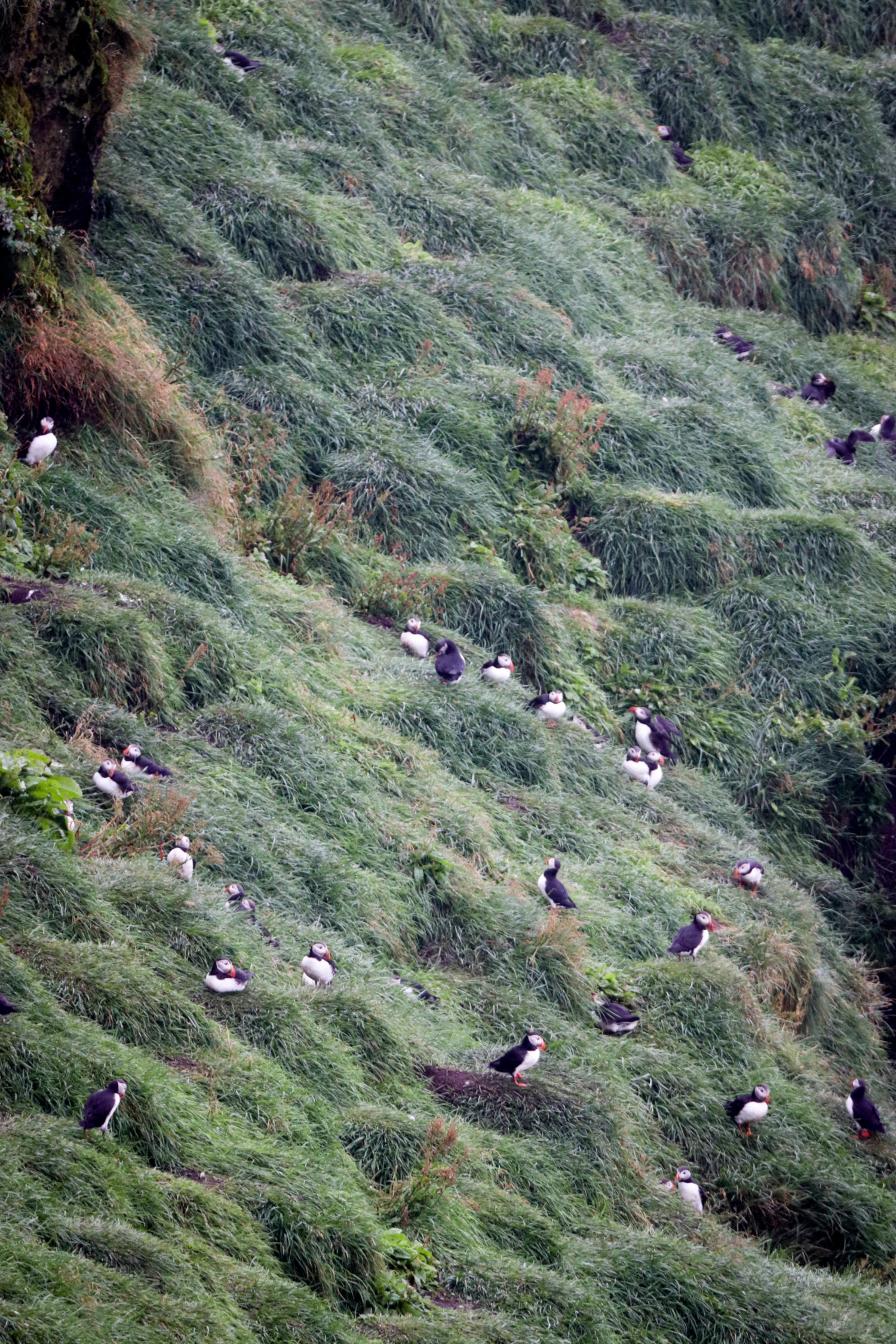
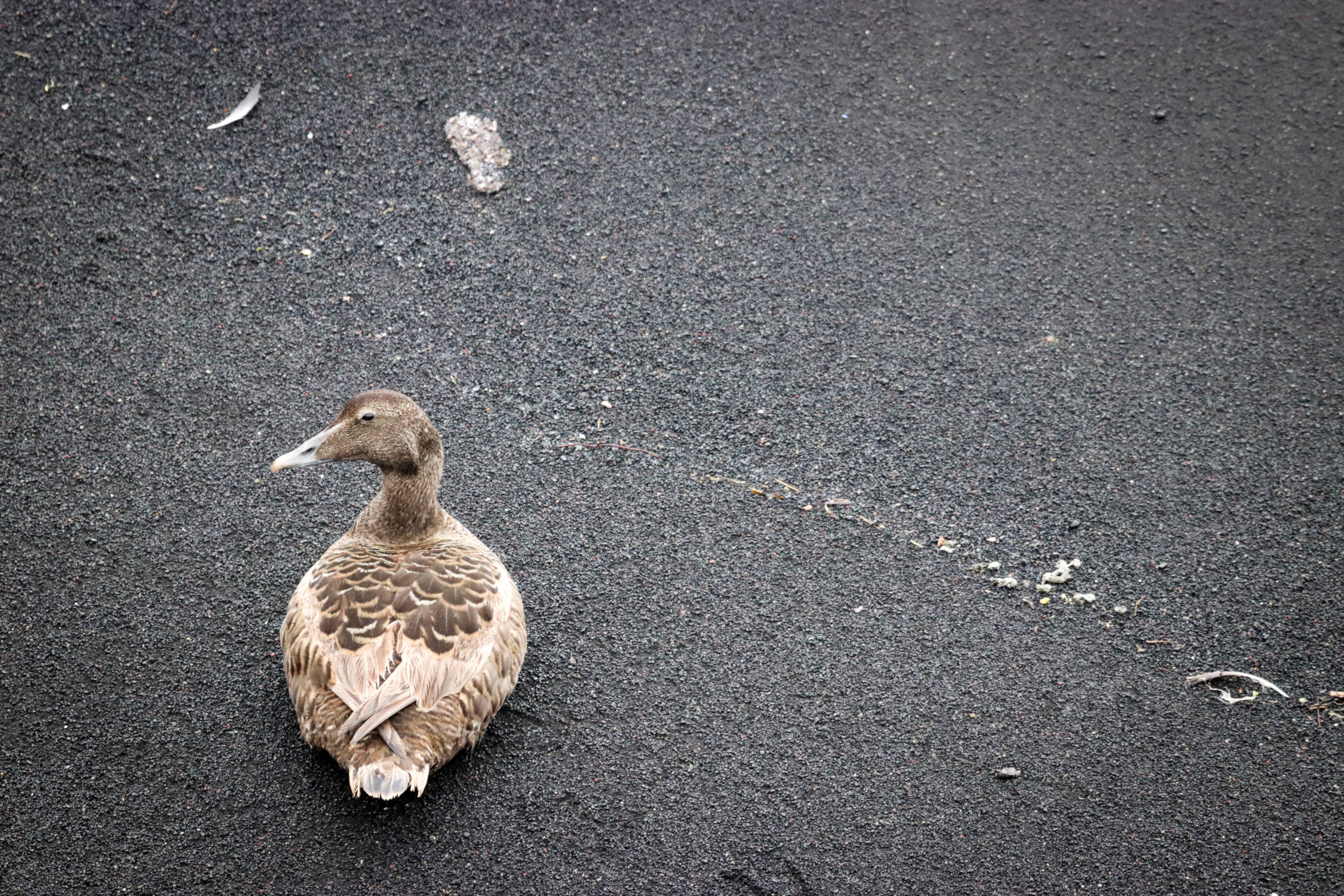

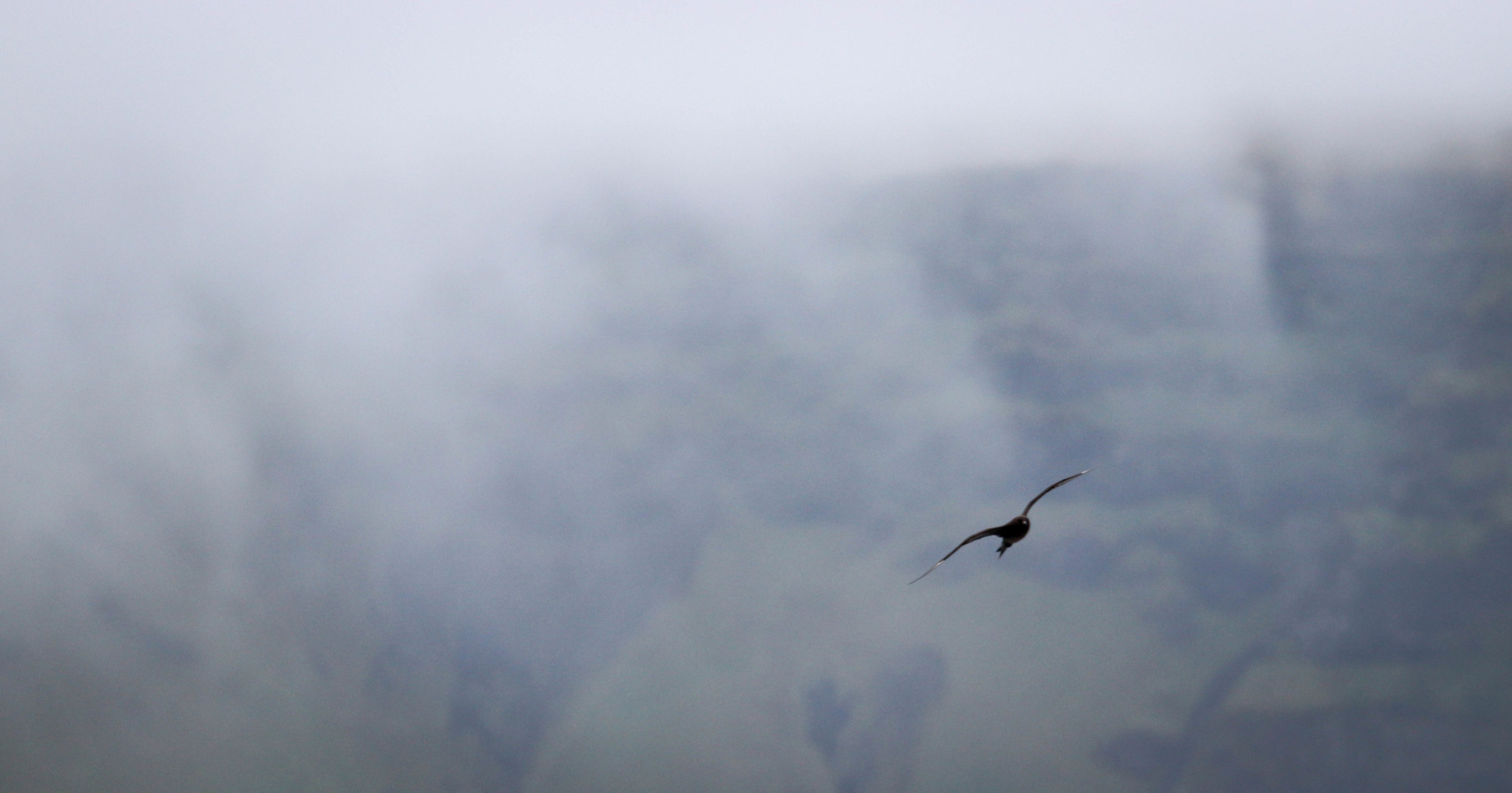
As we walked around, we saw a few tourists taking photos and then looked past them to the puffins sitting on the grass at the edge of the cliff just the other side of the chain keeping tourists out of the nesting grounds. They were totally relaxed about our presence and some were sleeping with their heads tucked under theeir wings. As we walked around the cliff, we saw more skuas, arctic terns, fulmar and black backed guls. It was a bird watcher’s paradise!
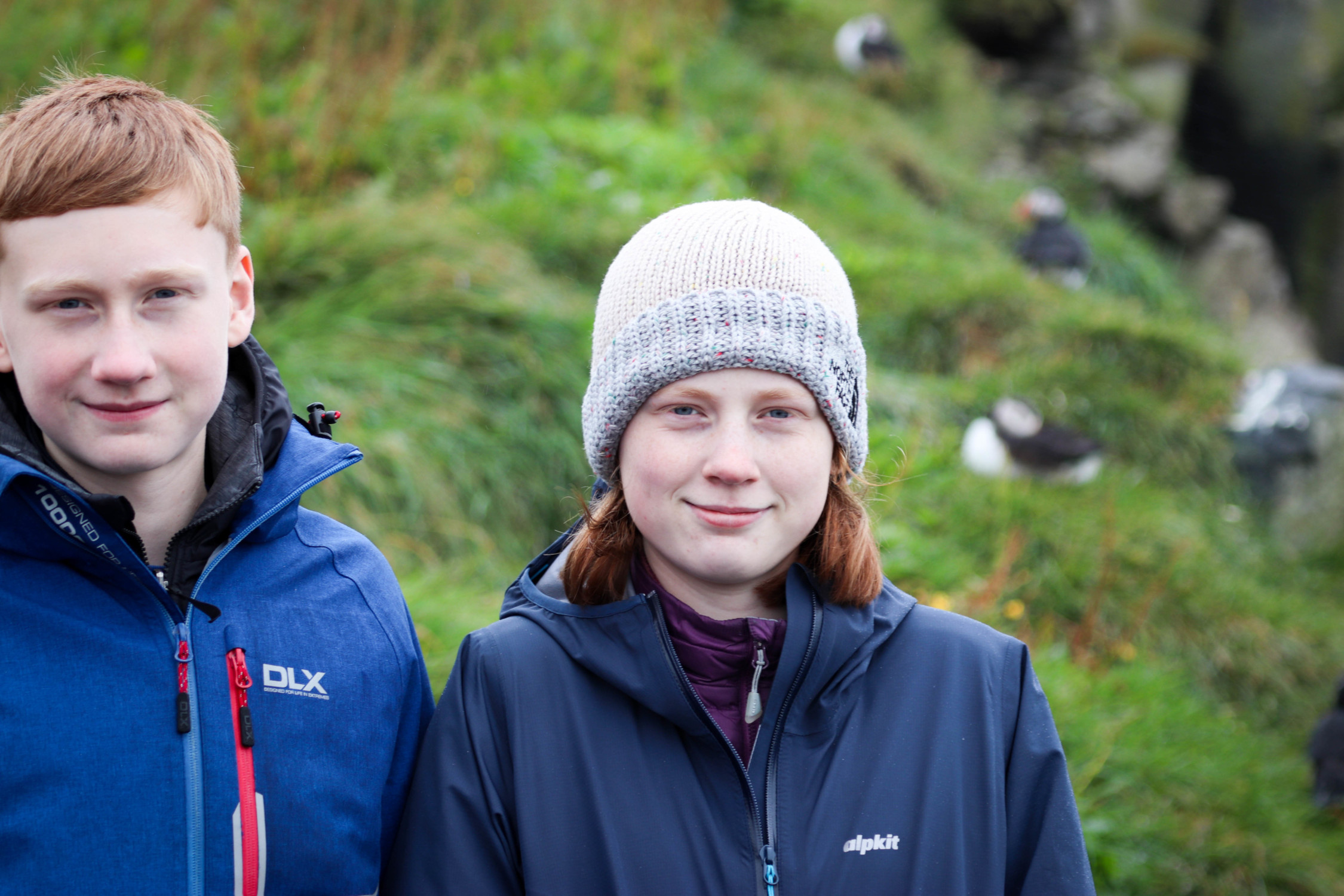

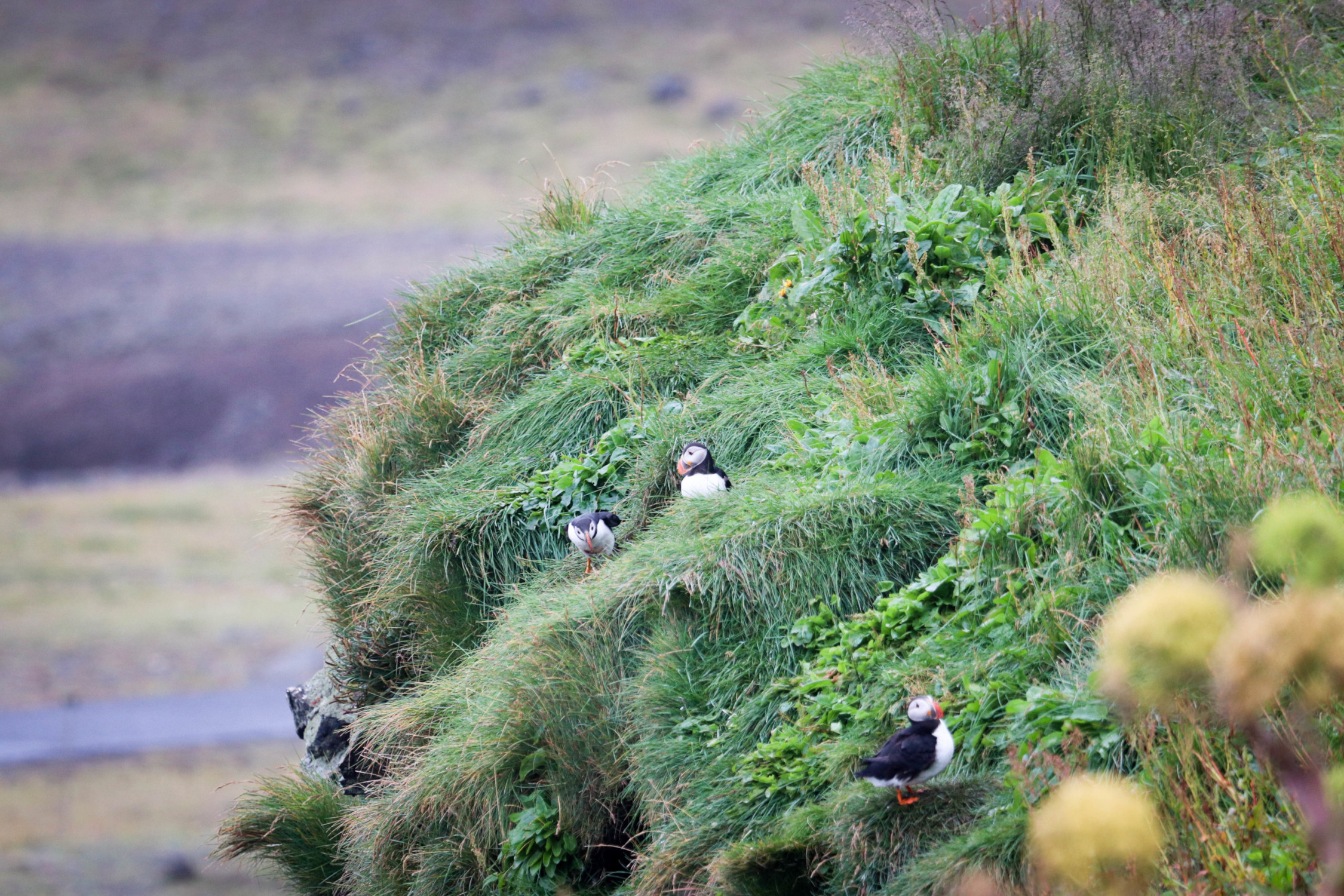
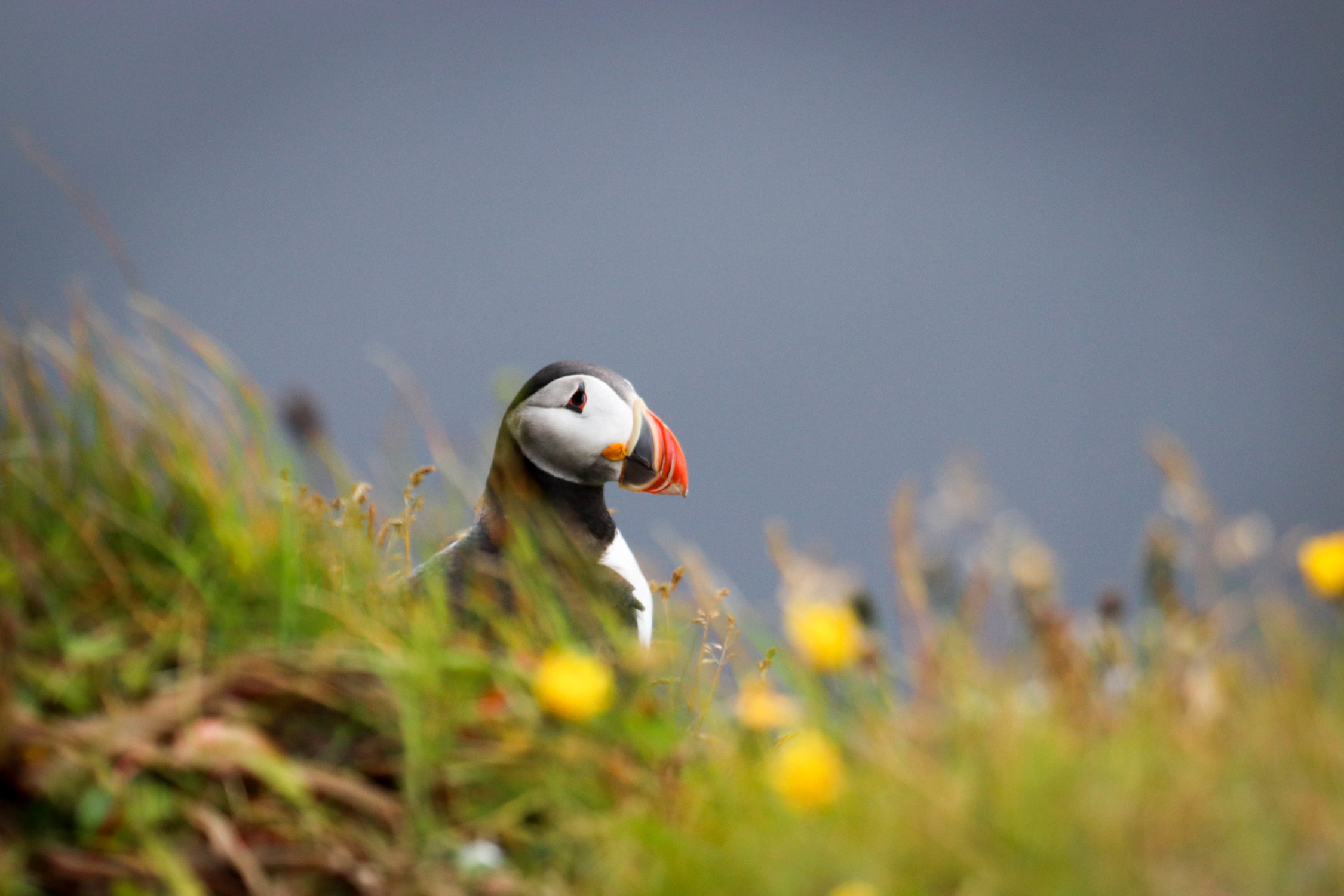
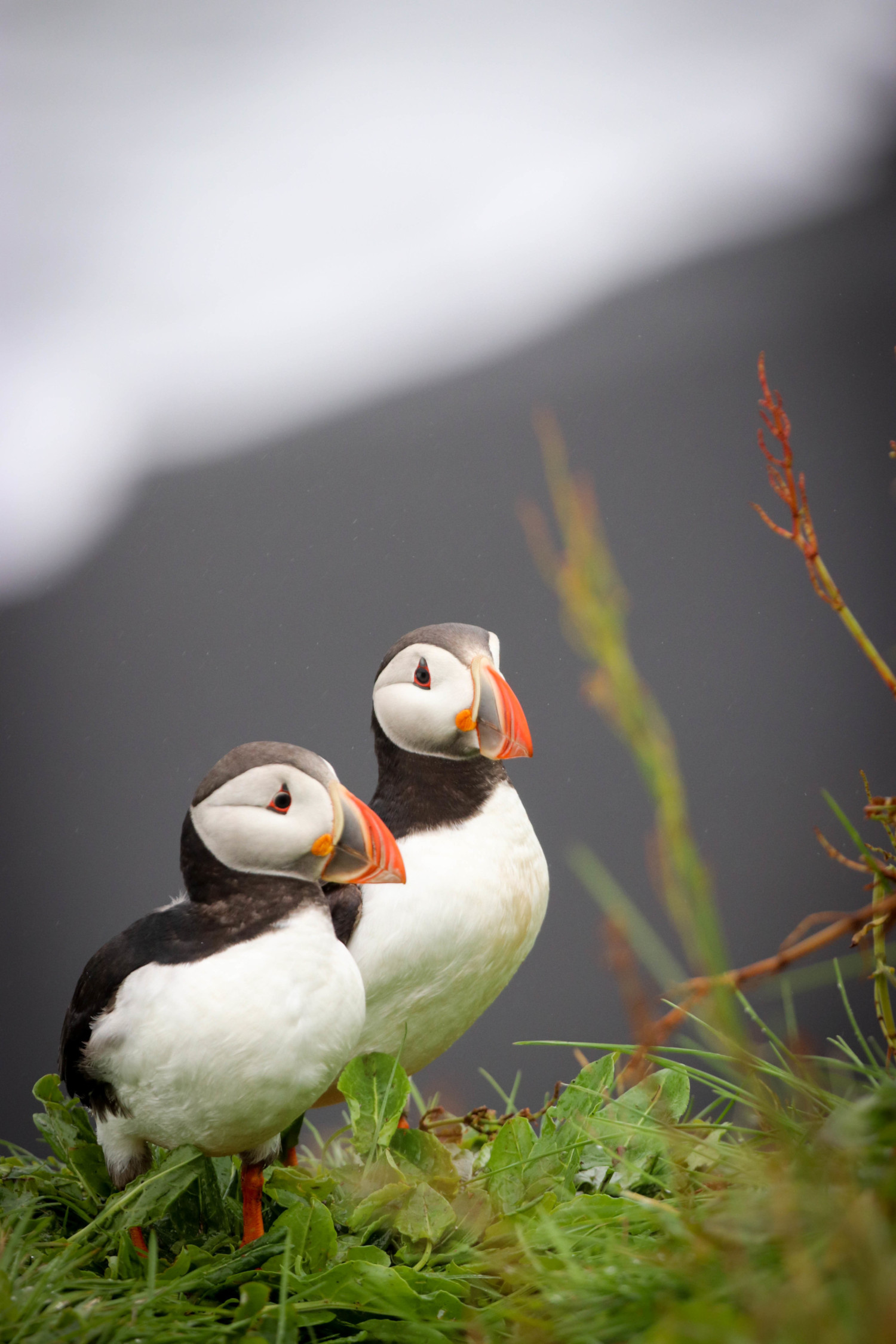
From the other side of the promontory we could see the beach through a gap in the cliffs. The waves were enormous and crashing really close to the base of the cliffs. The children explained to us that they were destructive waves with a very short swash and very long and strong backwash.
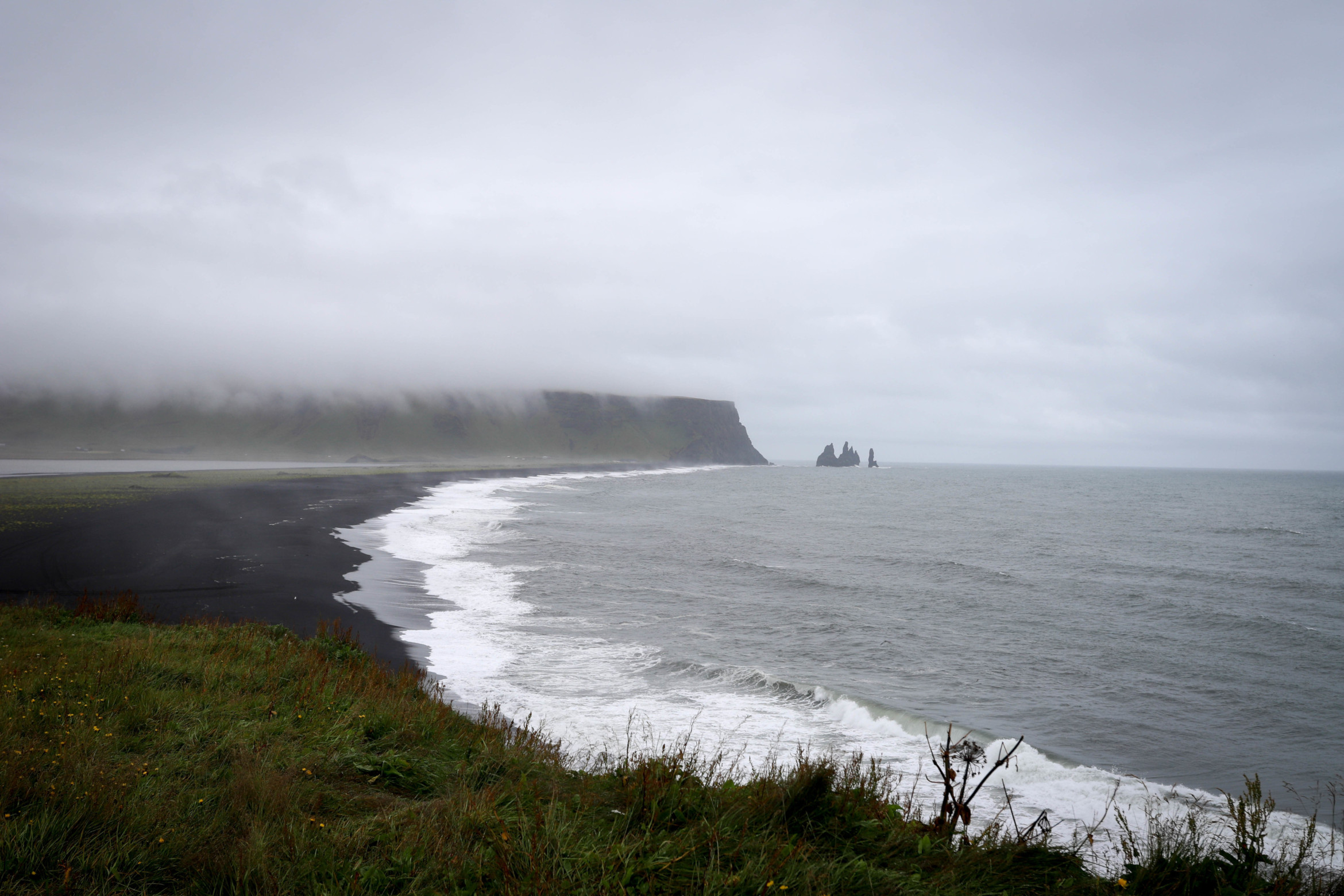
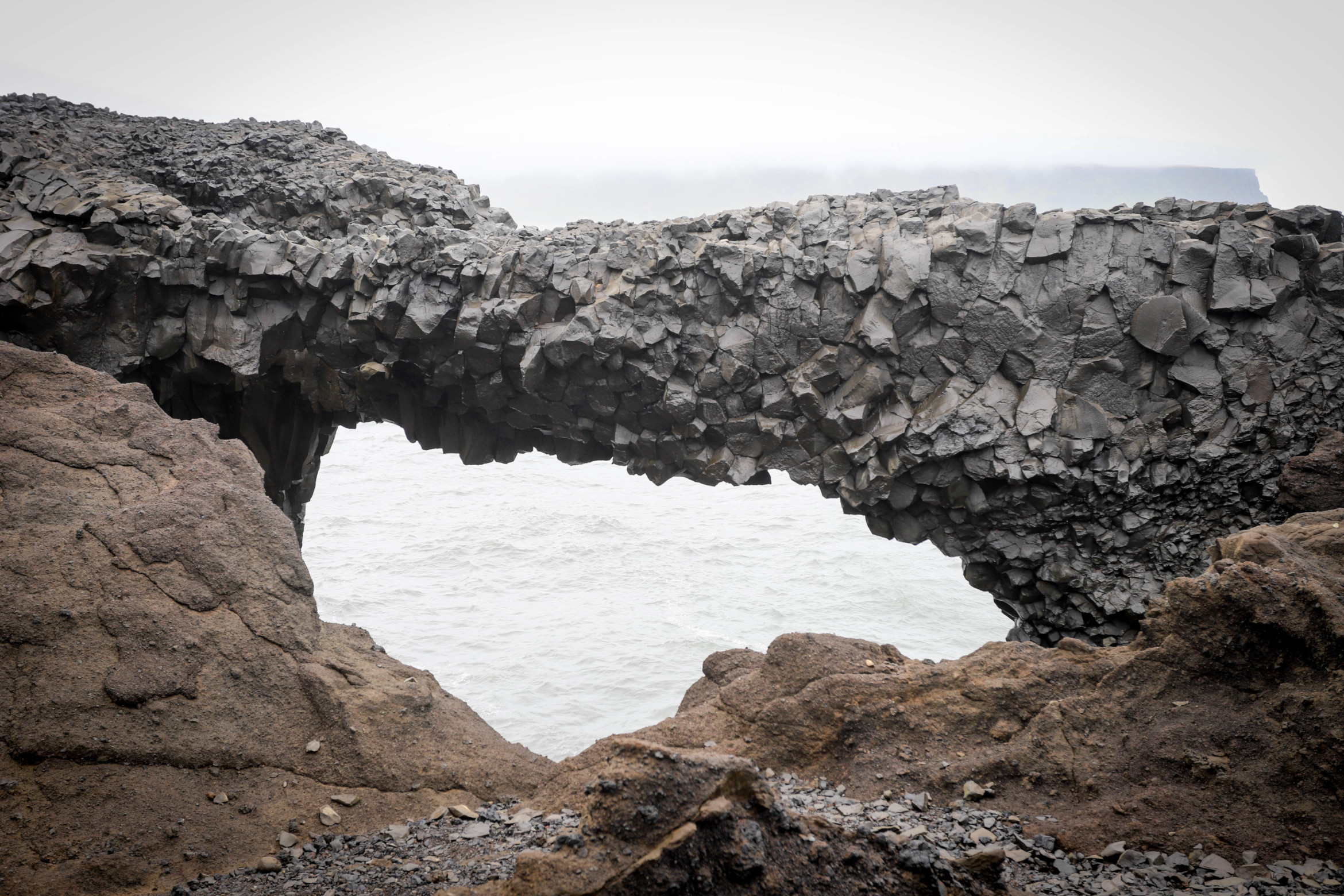

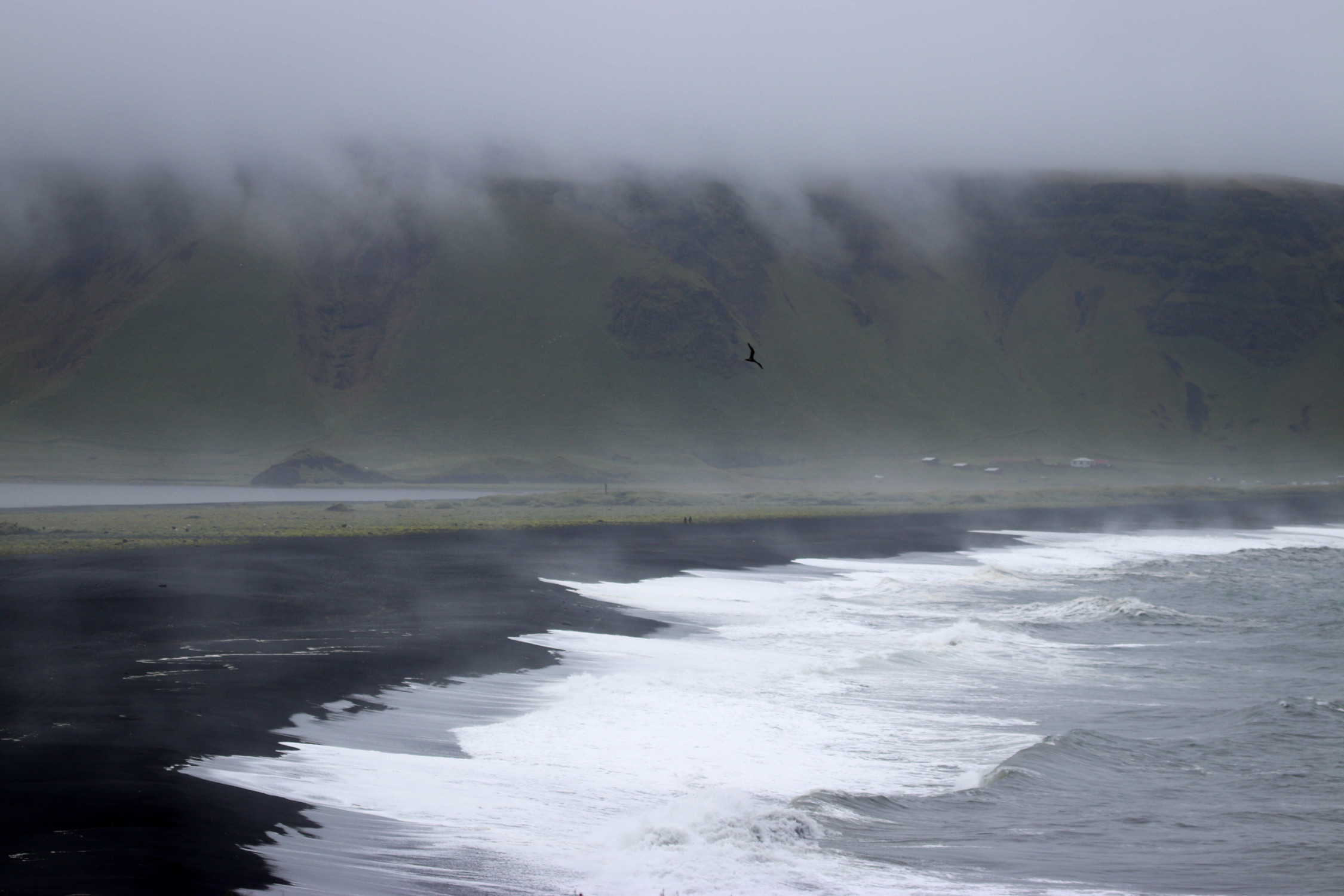
We went back to the car and drove around to the other viewing point – there was a path so we could have walked but the weather was closing in again. We didn’t have great hopes for the other viewpoint as we had such success at the first, but it was heaving with cars and coaches and as soon as we got out the car we could see puffins flying about and more skuas and fulmar. The view over the cliff as the clouds rolled back again was spectacular – Keith thought it was one of the best panoramas he has tried to photograph. You can judge for yourselves.
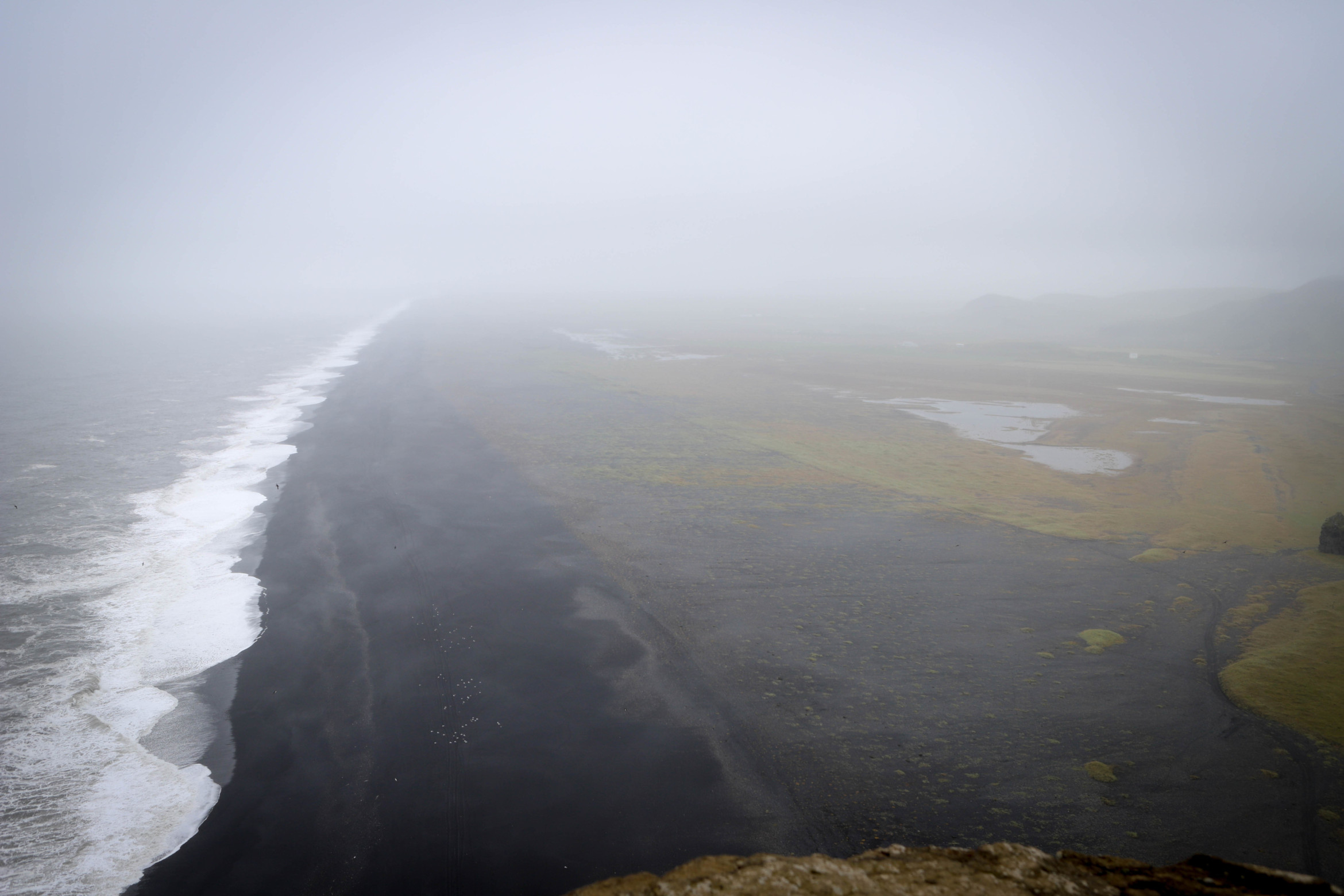

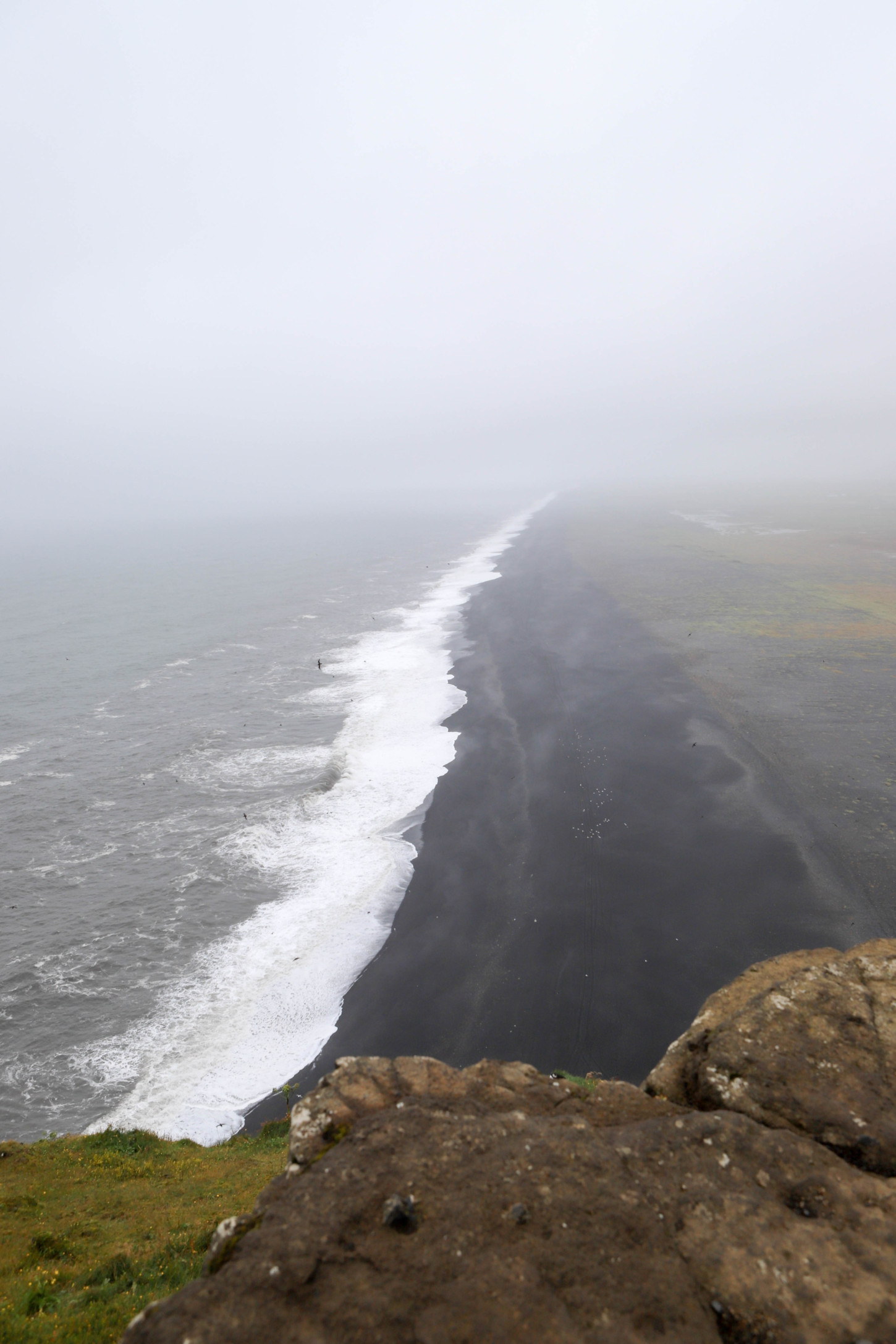
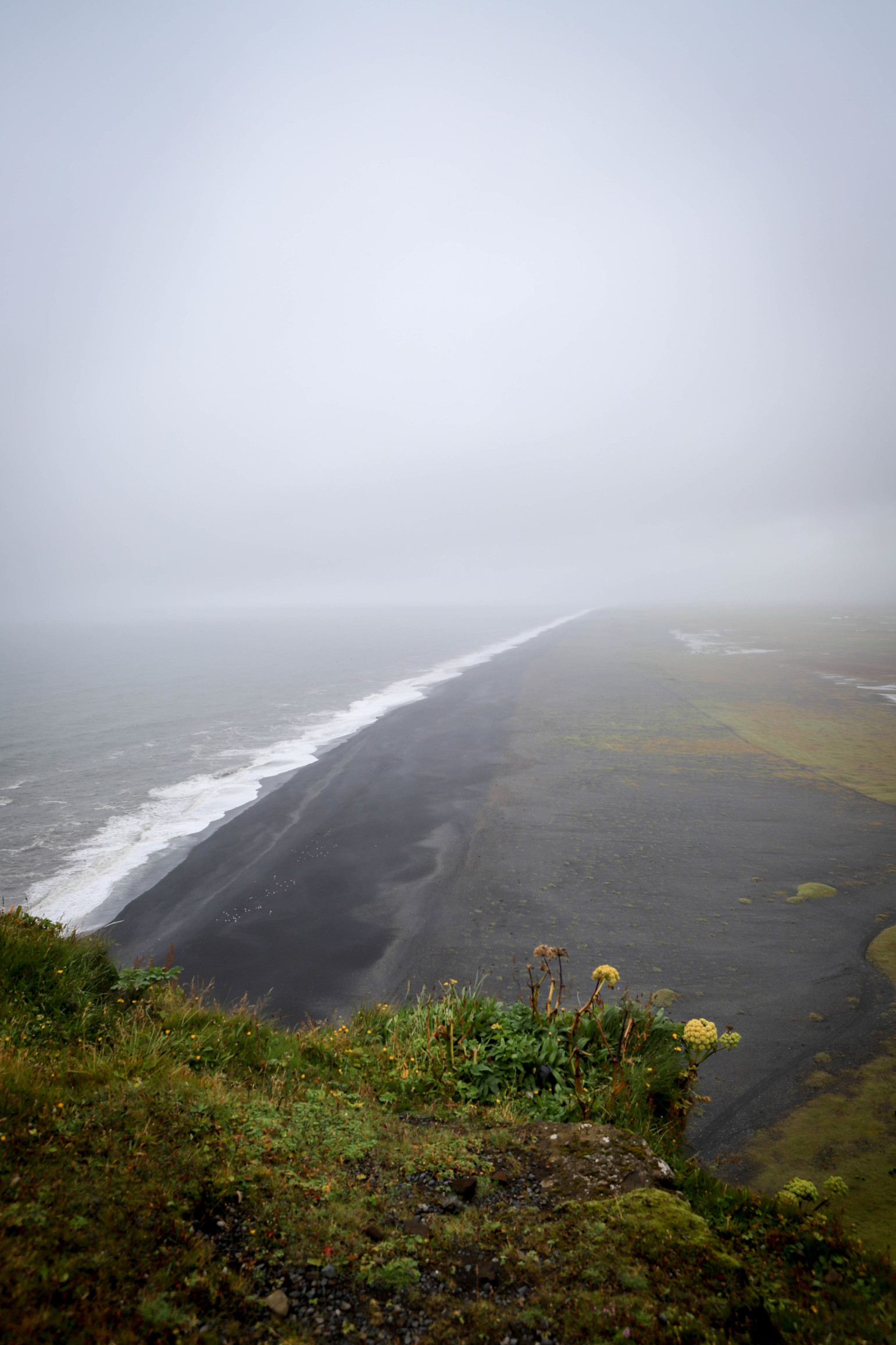

Our next and last stop of the day was Reynisfjara; a black sand beach with sneaker waves. These were new to us and we had to read the sign at the edge of the beach to learn about them. I gave the kids the hard word about staying well away. Last time we took them to a black sand beach (in Madeira), Mila made a break for it before we had even got them undressed and I had to wade in to prevent her from being swept out. This time, they were much more sensible, but sadly their behaviour was not mirrored by other tourists, some of whom had taken off shoes and socks to paddle in killer waves. Ridiculous. We watched at least 5 people get wet to the knee as they weren’t watching and keeping their distance when the sneaker waves appeared. I have never seen waves like them on a beach with the tide going out. Truly dangerous. The information on the board, on the tourist map and given to us by Audley all says that there have been multiple fatal accidents on the beach in recent years. It is an amazing beach, but the weather was rolling in again and we decided to leave for the day and try again tomorrow when the weather should have improved.
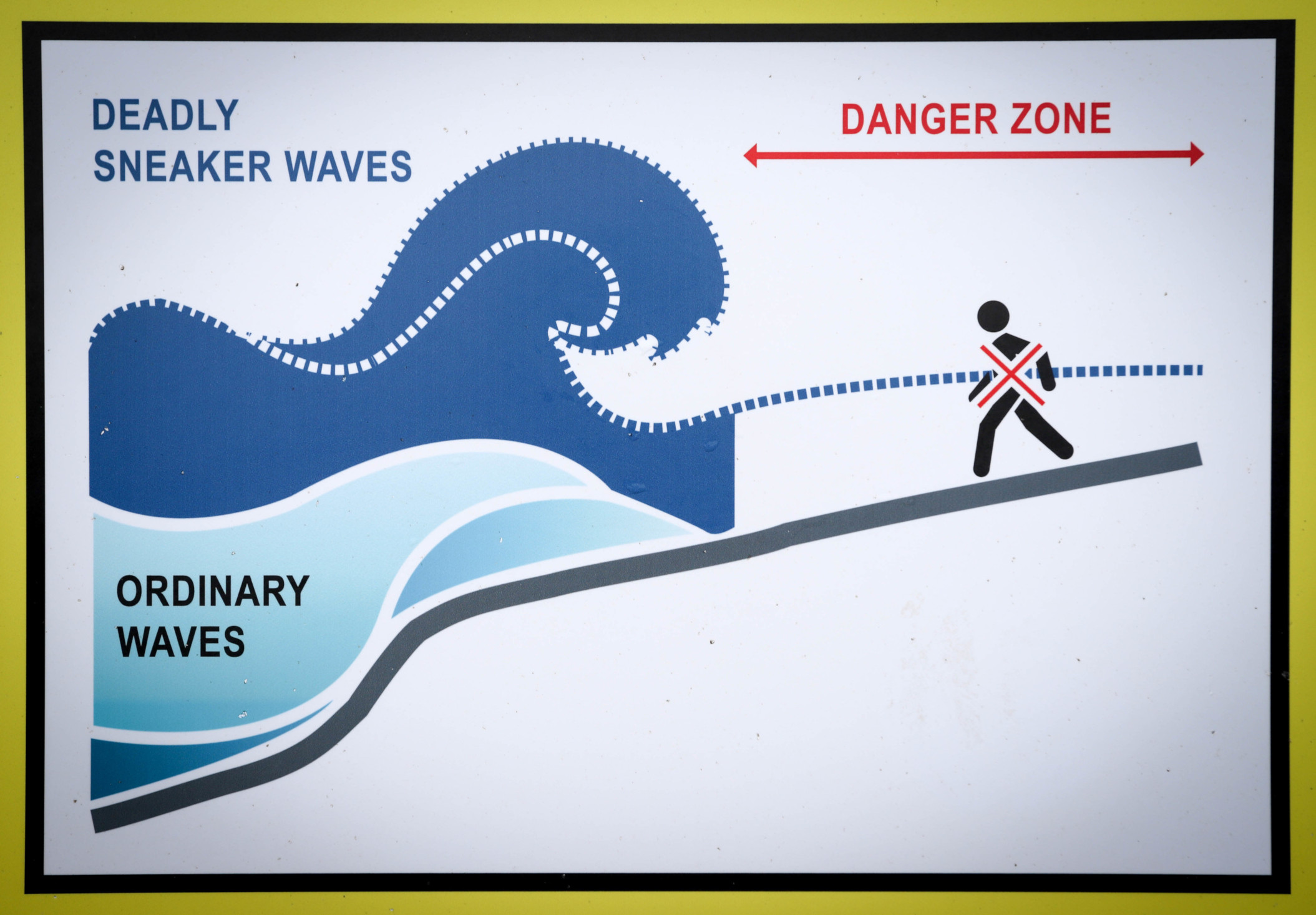

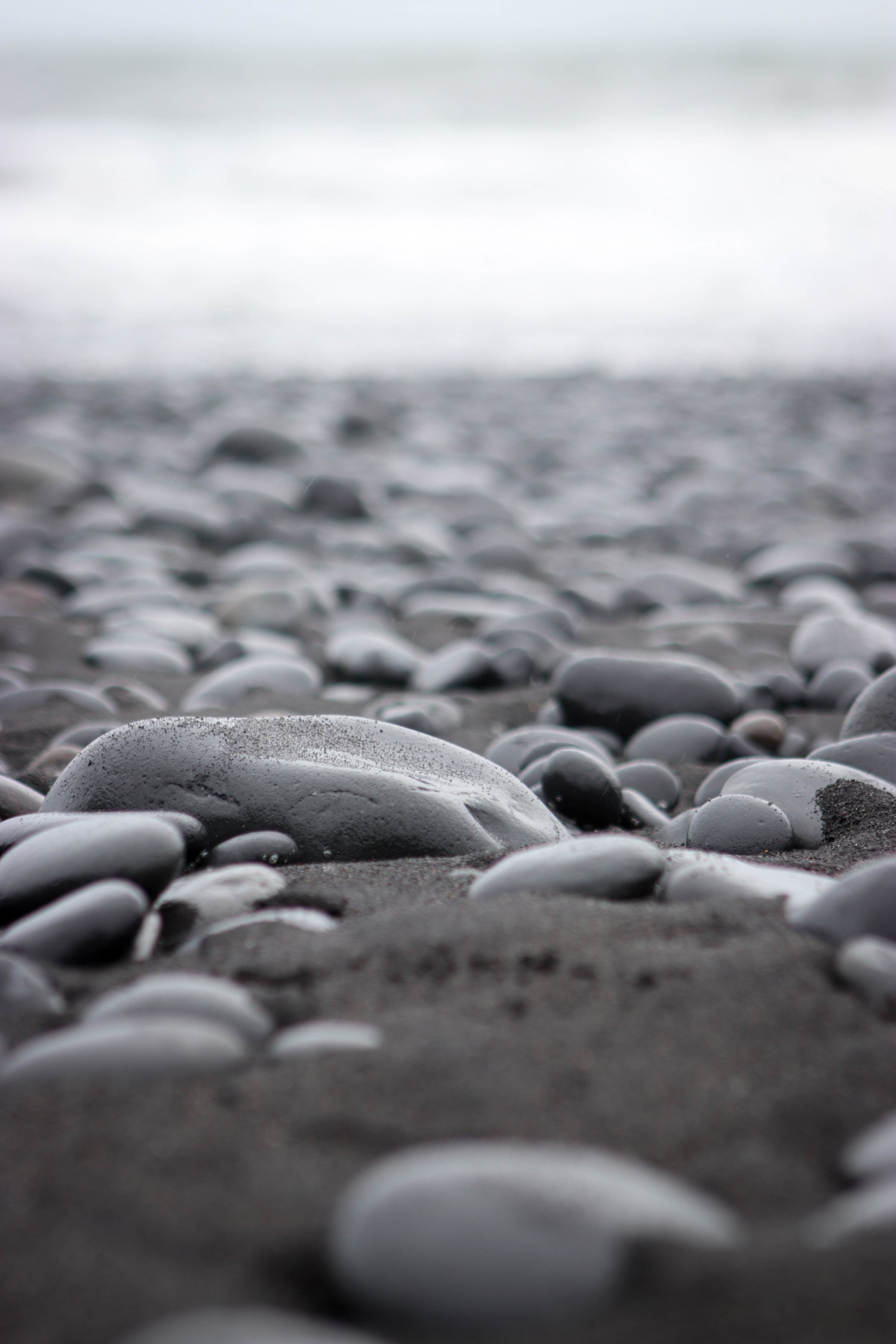
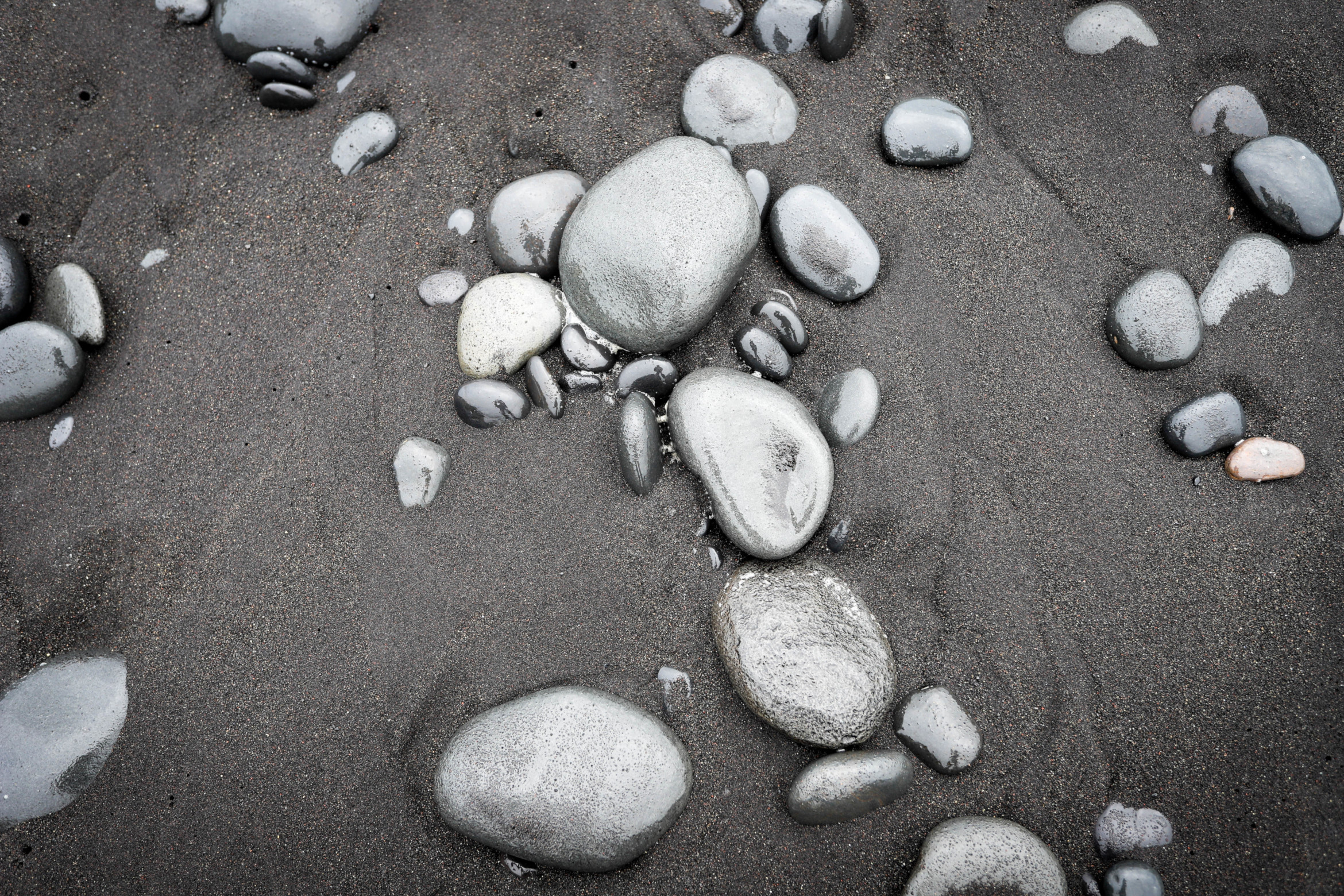

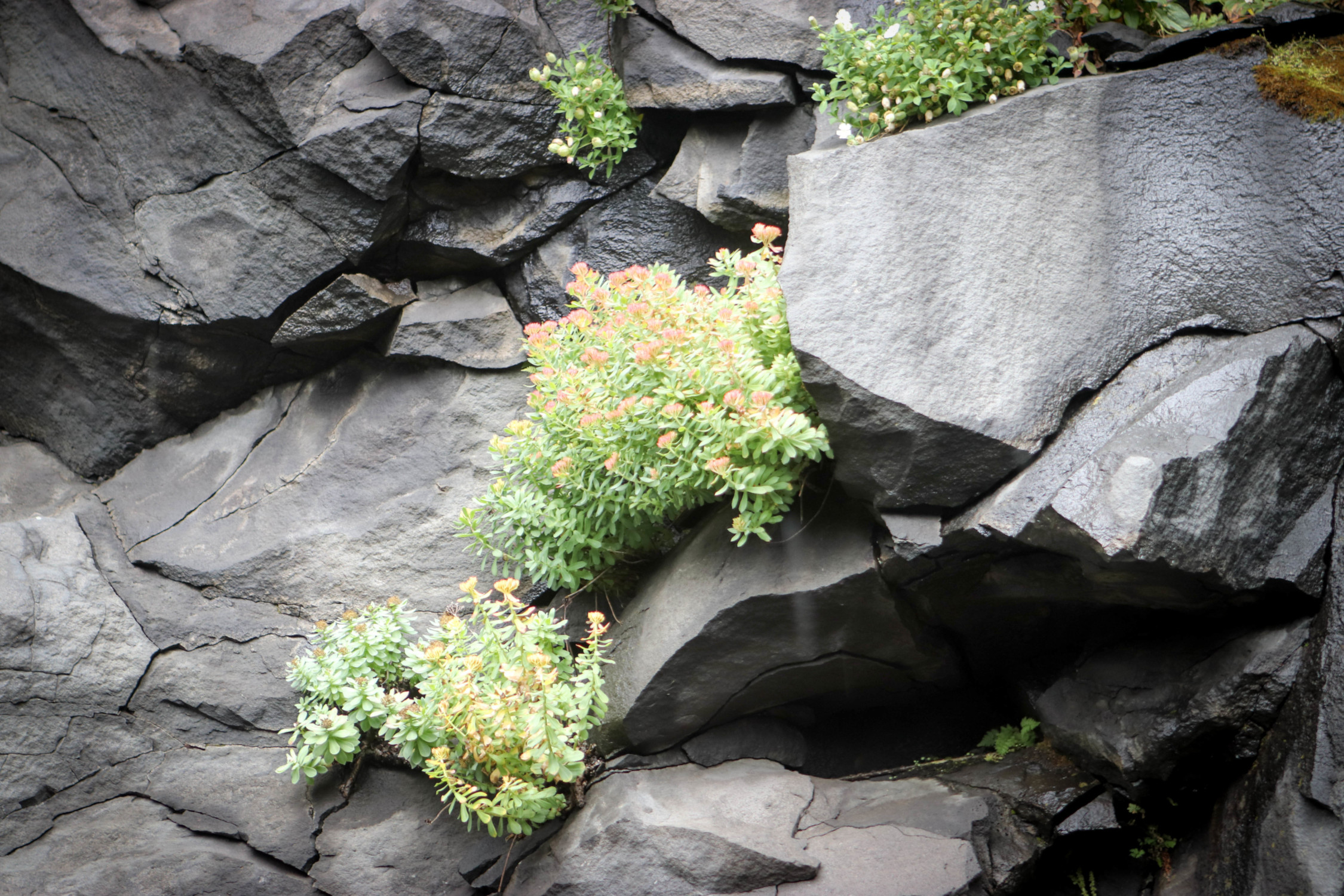


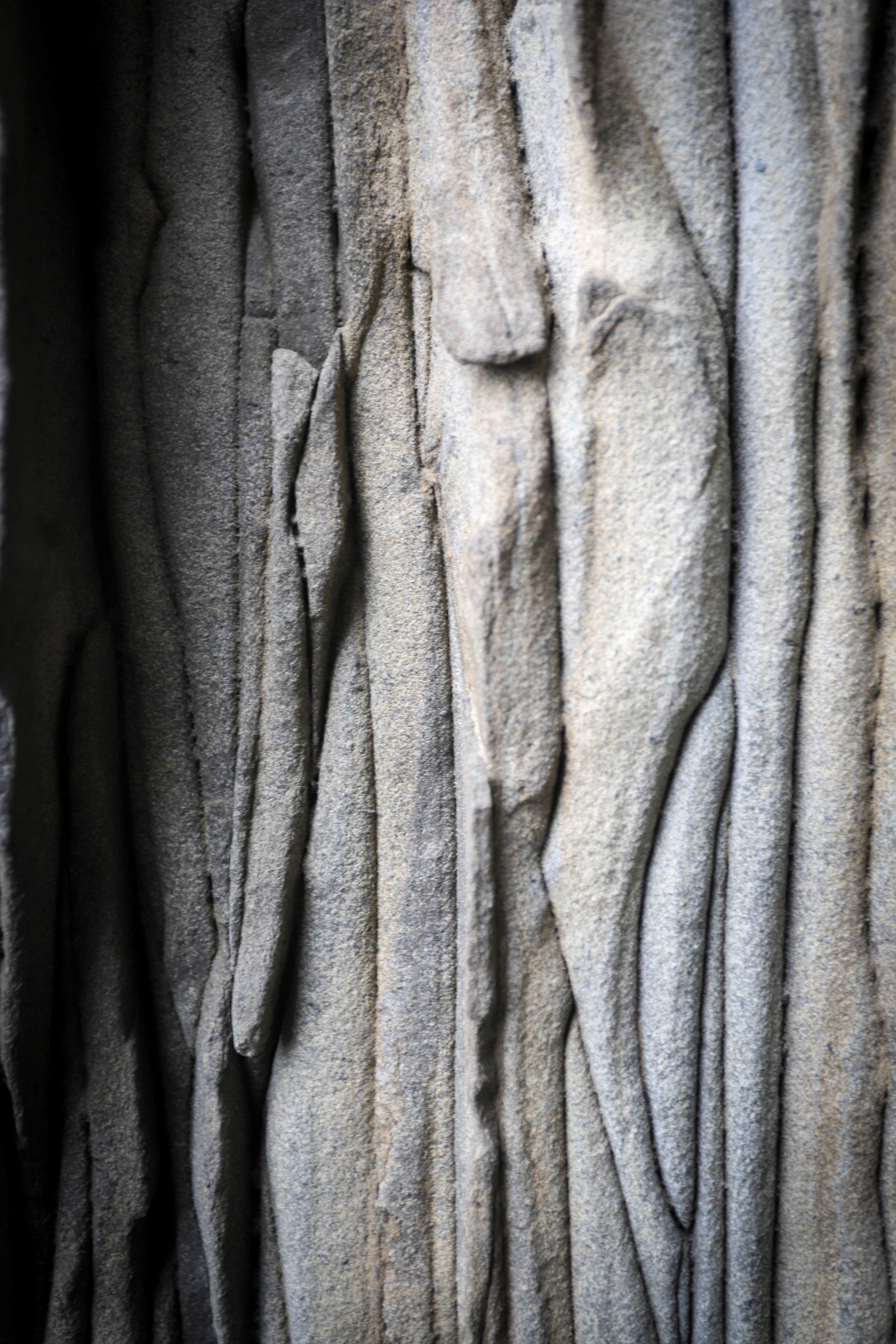
Getting in the car we realised it was nearly 4pm and we had a booking at the Lava show at 5pm. We rushed back to Vik, got changed and headed off to the show. All I can say is: wow. What a fascinating experience. We learnt even more about volcanos, lava and Iceland from a French vulcanologist. The heat from the lava was unbelievable as it came down the lava slide and turned gradually from red to black. I felt slightly sorry for the vulcanologist as he tried to answer a six year old’s question: why does the lava change from red to black. He tried to talk about how fast the molecules move and that they emit energy on the visible spectrum when the lava is above 300°C. I don’t think the six year old got it! We all got a bit of lava glass at the end (not obsidian as it is only 40% silica and it would have to be over 70% silica) although not the stuff still cooling on the slope as that was still very hot.


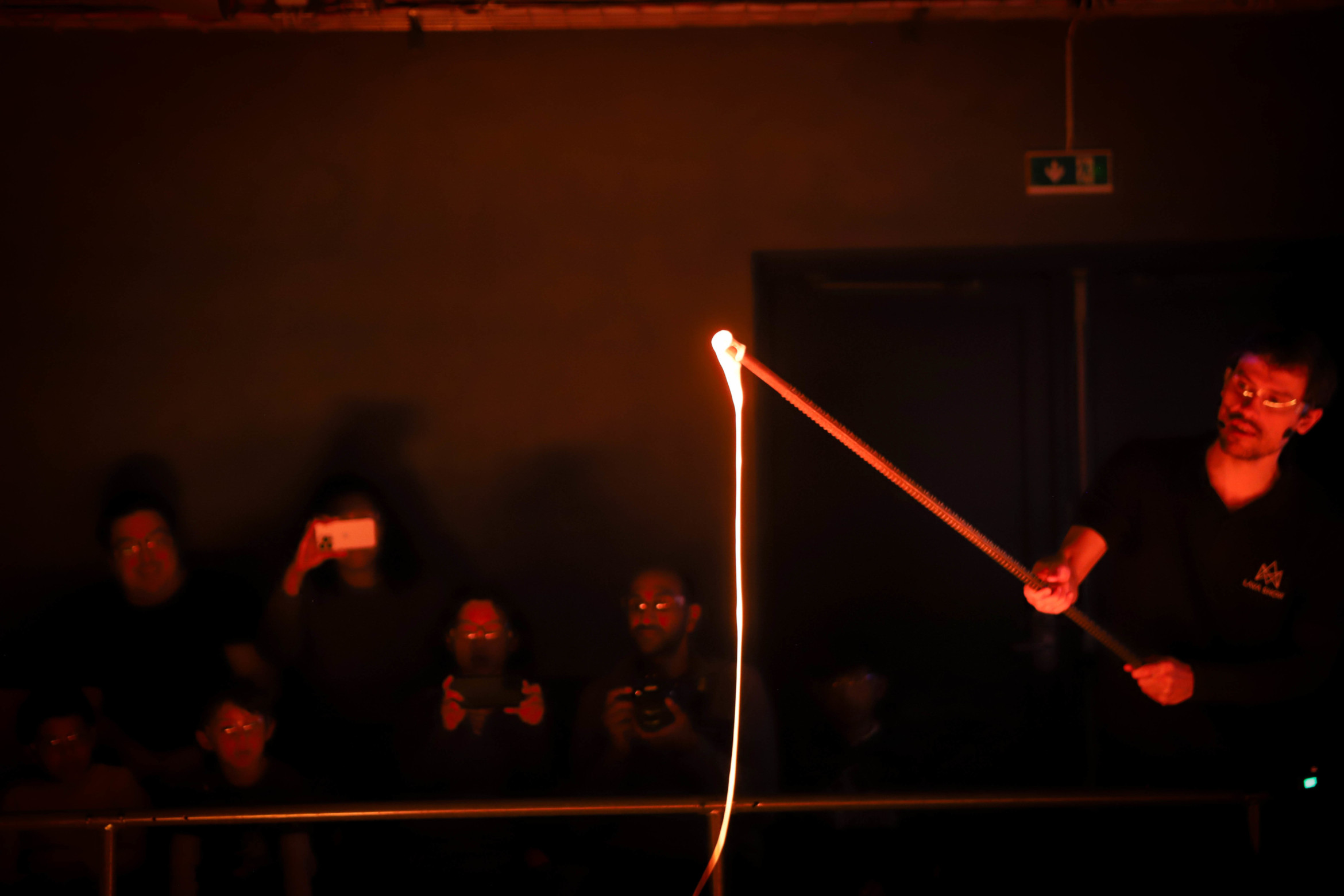
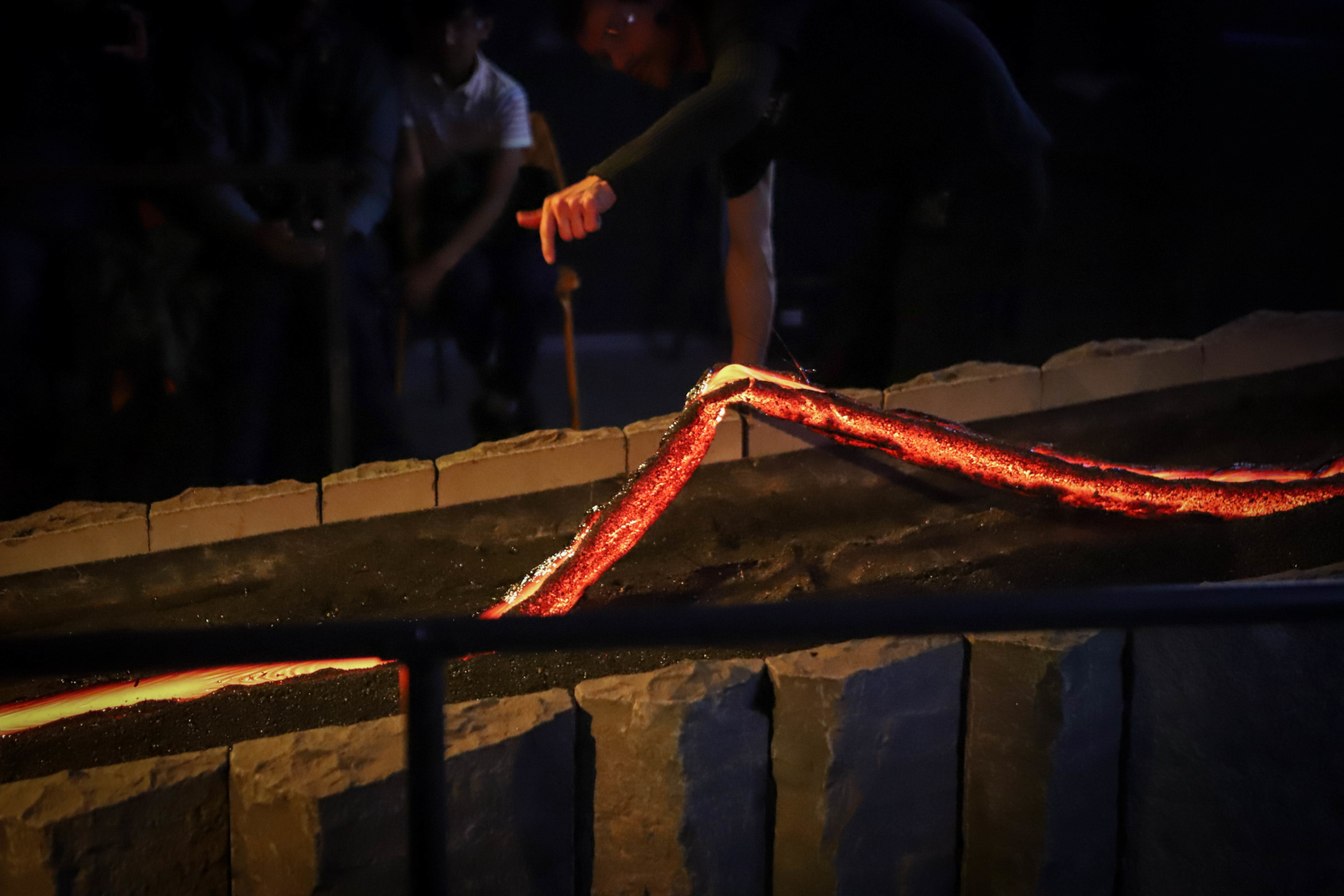
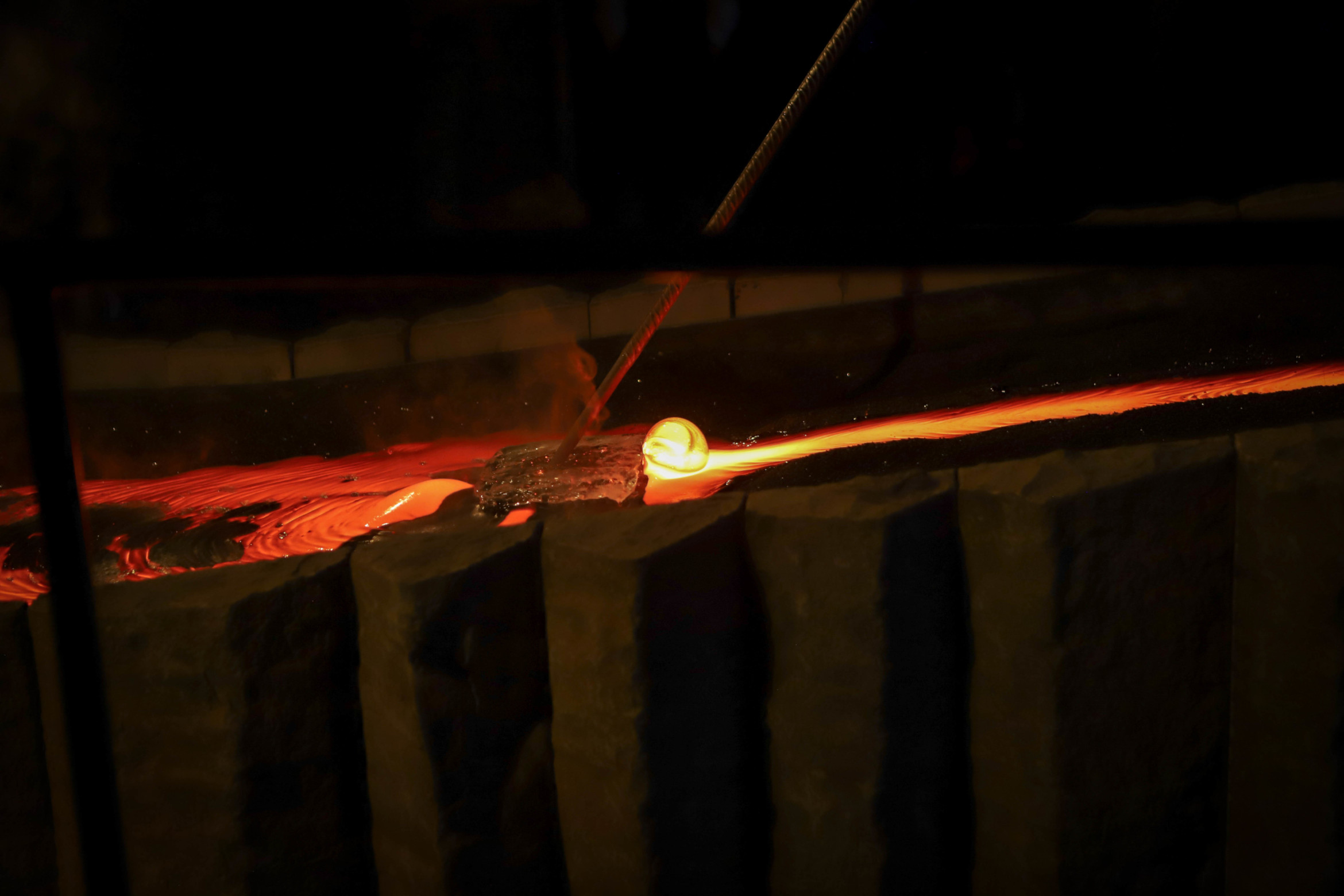
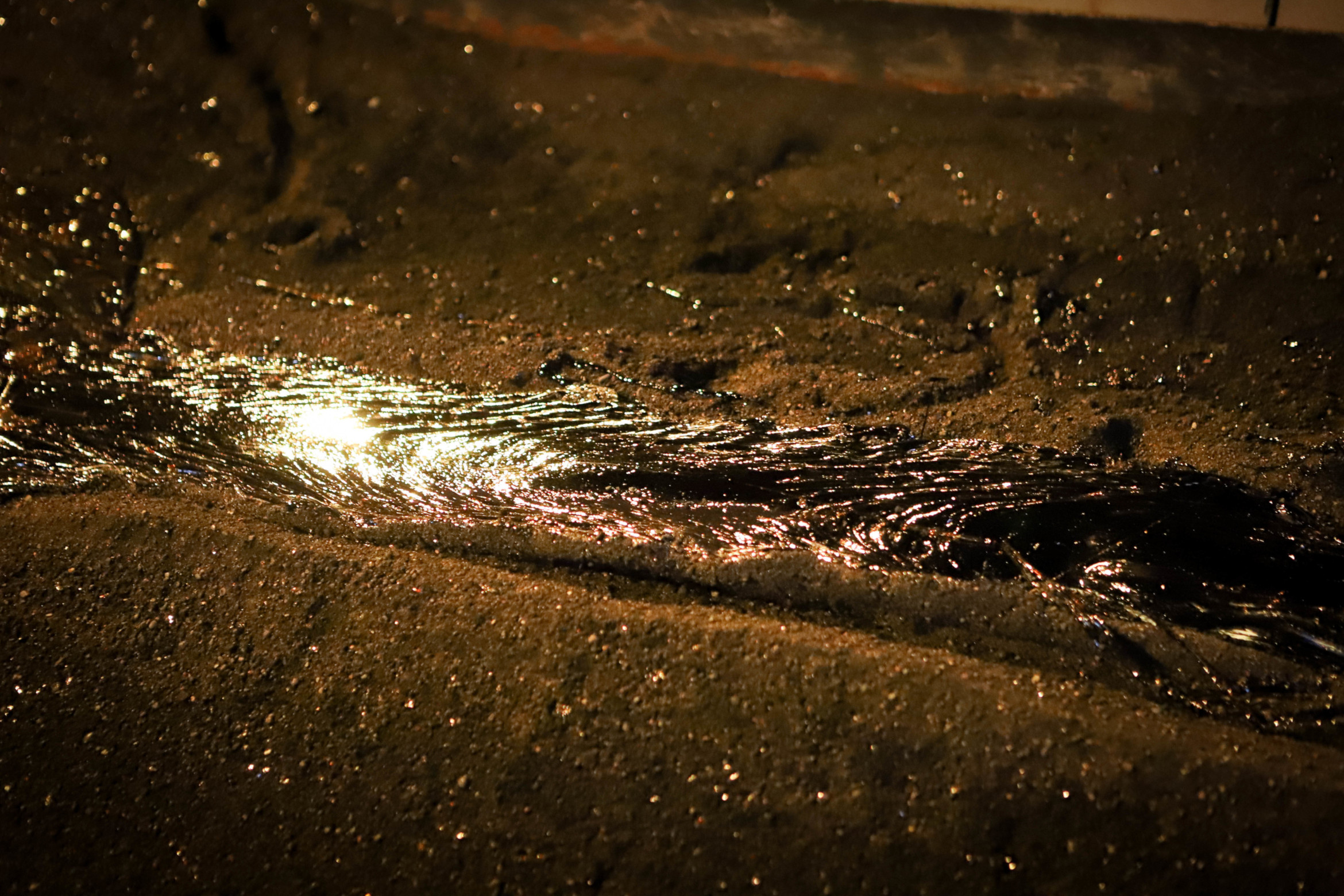
The vulcanologist told us about the practicalities of Katla erupting while we are in Vik. The thing that everyone is worried about is the flash flood that would occur because of the glacier melting so fast. Residents have a meeting point in the town and keep an evacuation bag ready at all times. When they leave their homes, they have to fill in an orange poster with details of the people who have left. They put the poster in the window so that emergency services know that the house has been evacuated. Tourists will be requested by text message to meet at the church and wait until the experts know which way the flood is travelling so they can escape the other way!

After the standard show we got to go into the furnace room and see how they make the lava. They collect sand from the nearby beach to make the lava. It is not really sand but vaporised lava from the 1918 eruption of Katla. There is plenty so they are unlikely to run out even if they change their current policy of re-melting the lava again. Interestingly, when the lava melts, the metal component is heavier and sinks to the bottom of the crucible. That means that the lava poured out from the top has a higher percentage of silica which makes it more viscous. If they don’t continue to add more “sand” then the lava will stop flowing. It was very, very hot when they opened the furnace and used a mirror to show us the inside. Quite a few of the guests had to step away from the heat but I liked it. I am a fan of warm and dry!!
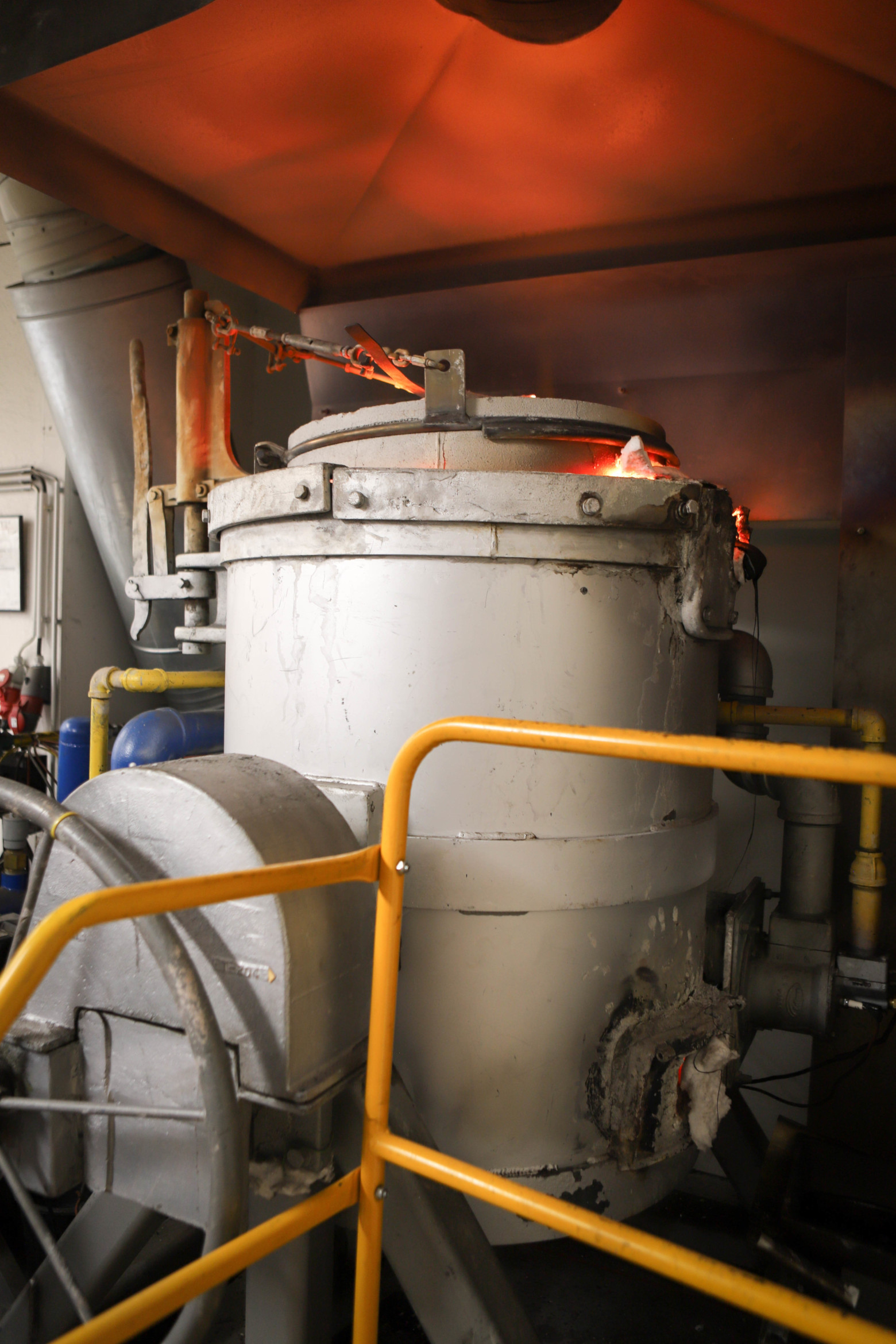
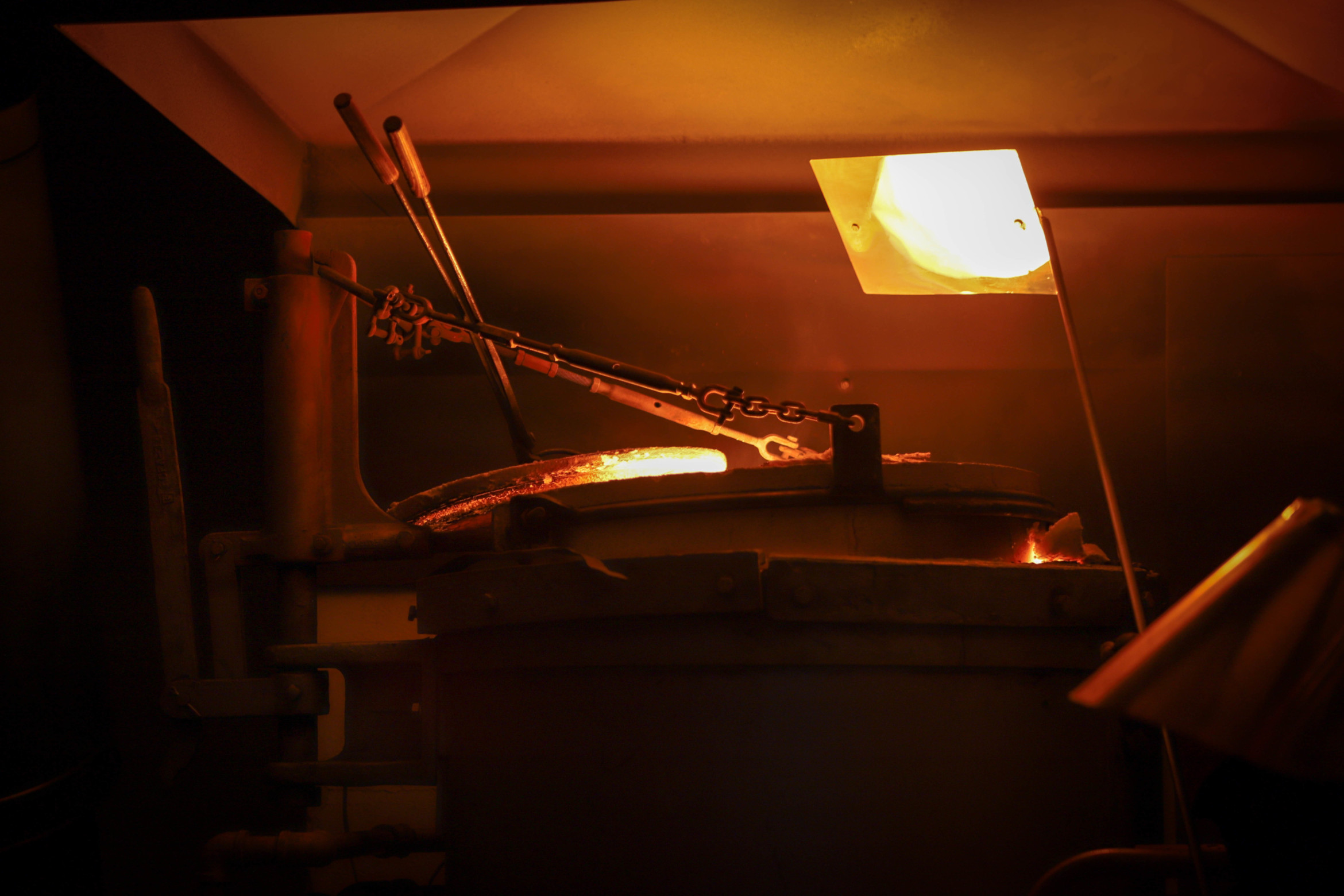
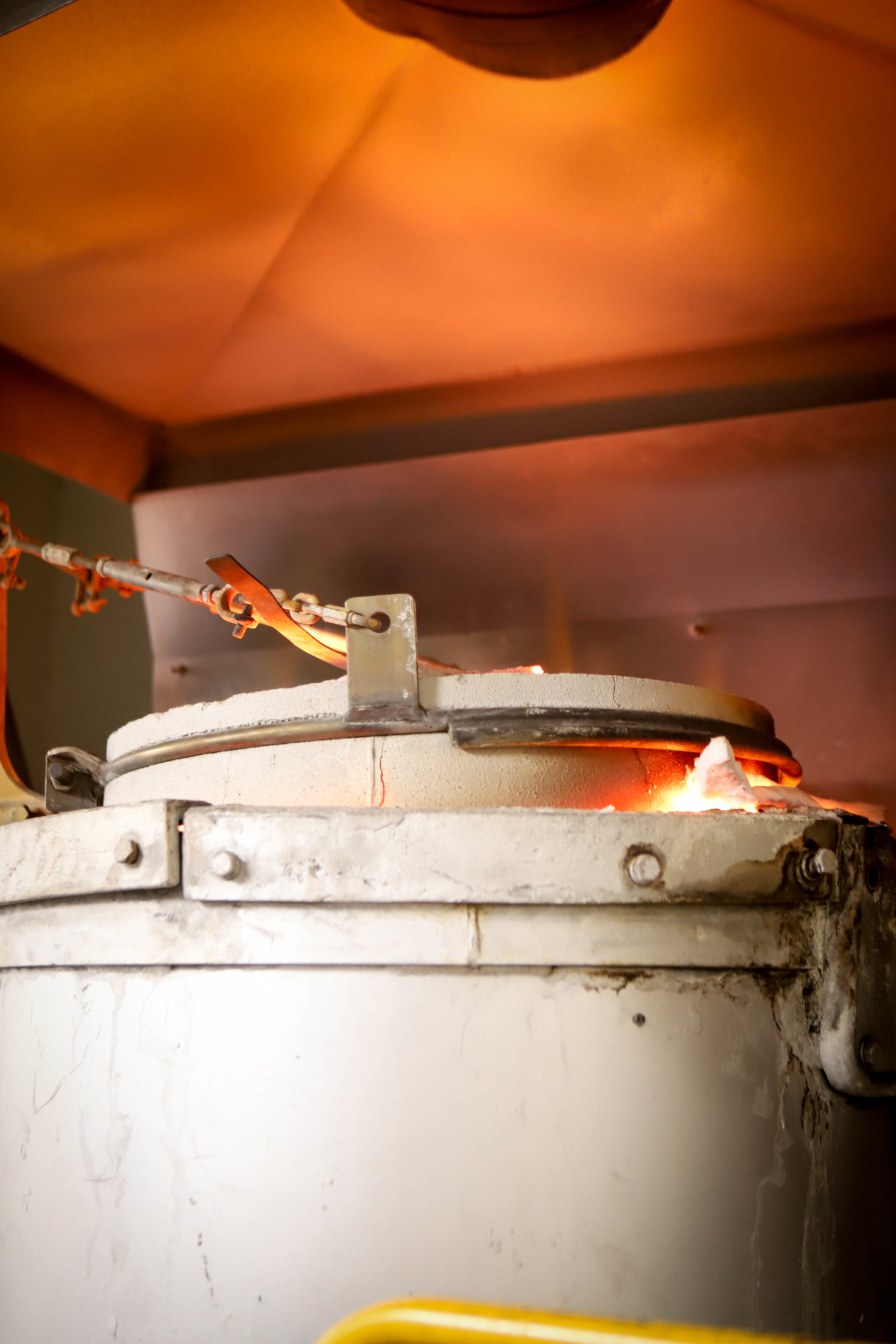
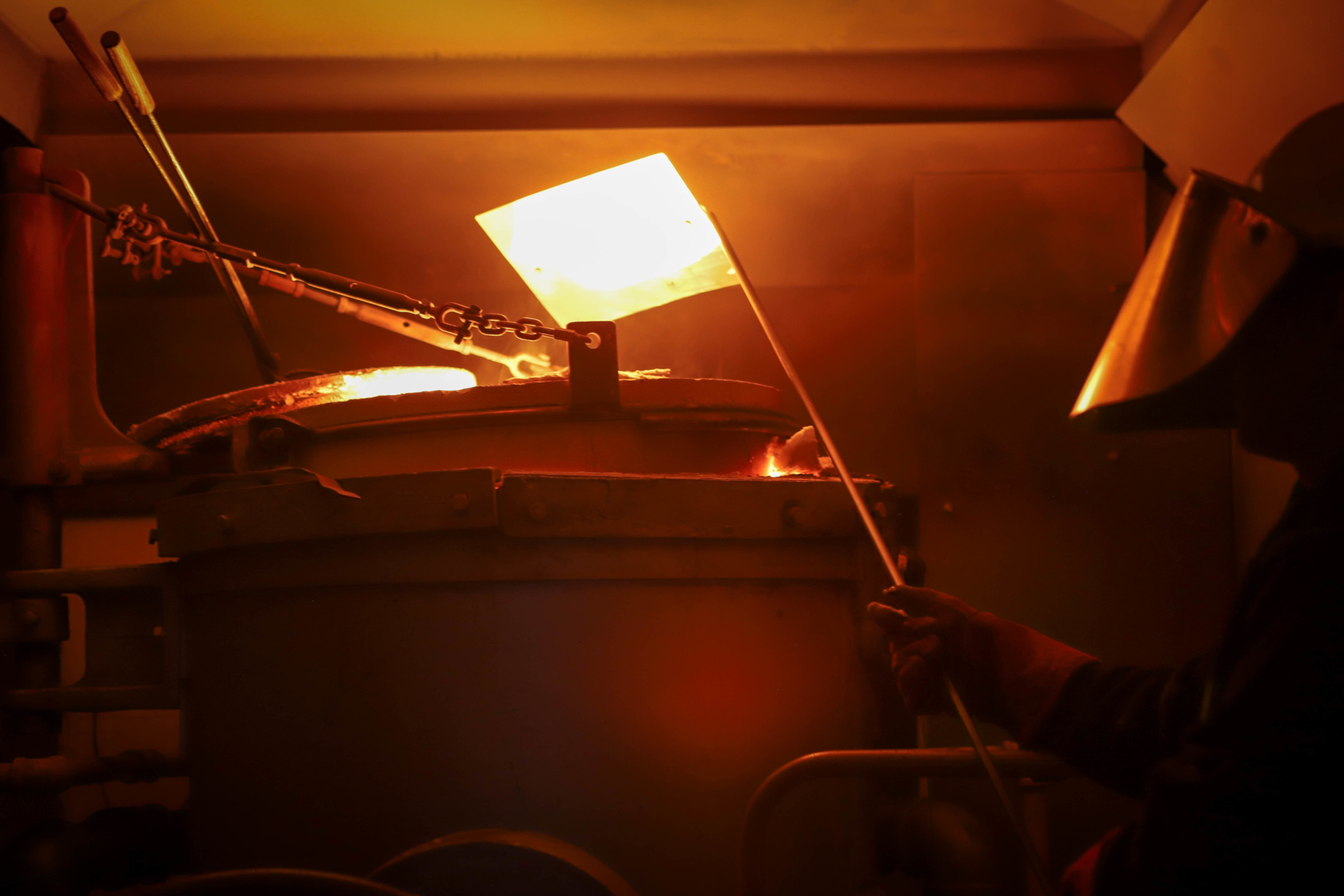
Our final adventure for the day was black crust pizza. It was delicious, but I will let Mila describe it. The only thing of note in the restaurant was the rescue vehicle with the emergency information poster in the window. We can only assume that it has been retired as there didn’t seem to be any doors big enough to get it out of.

